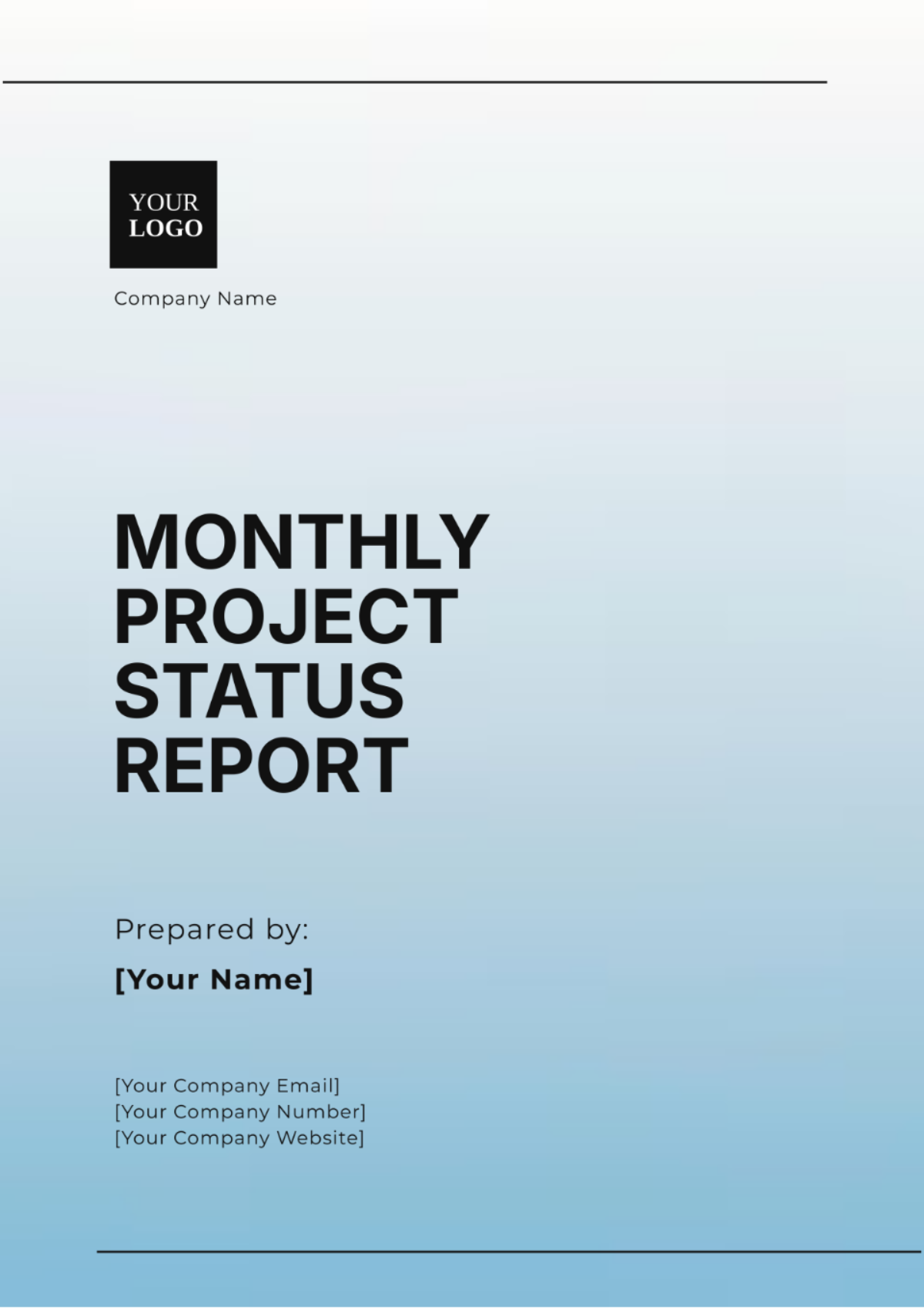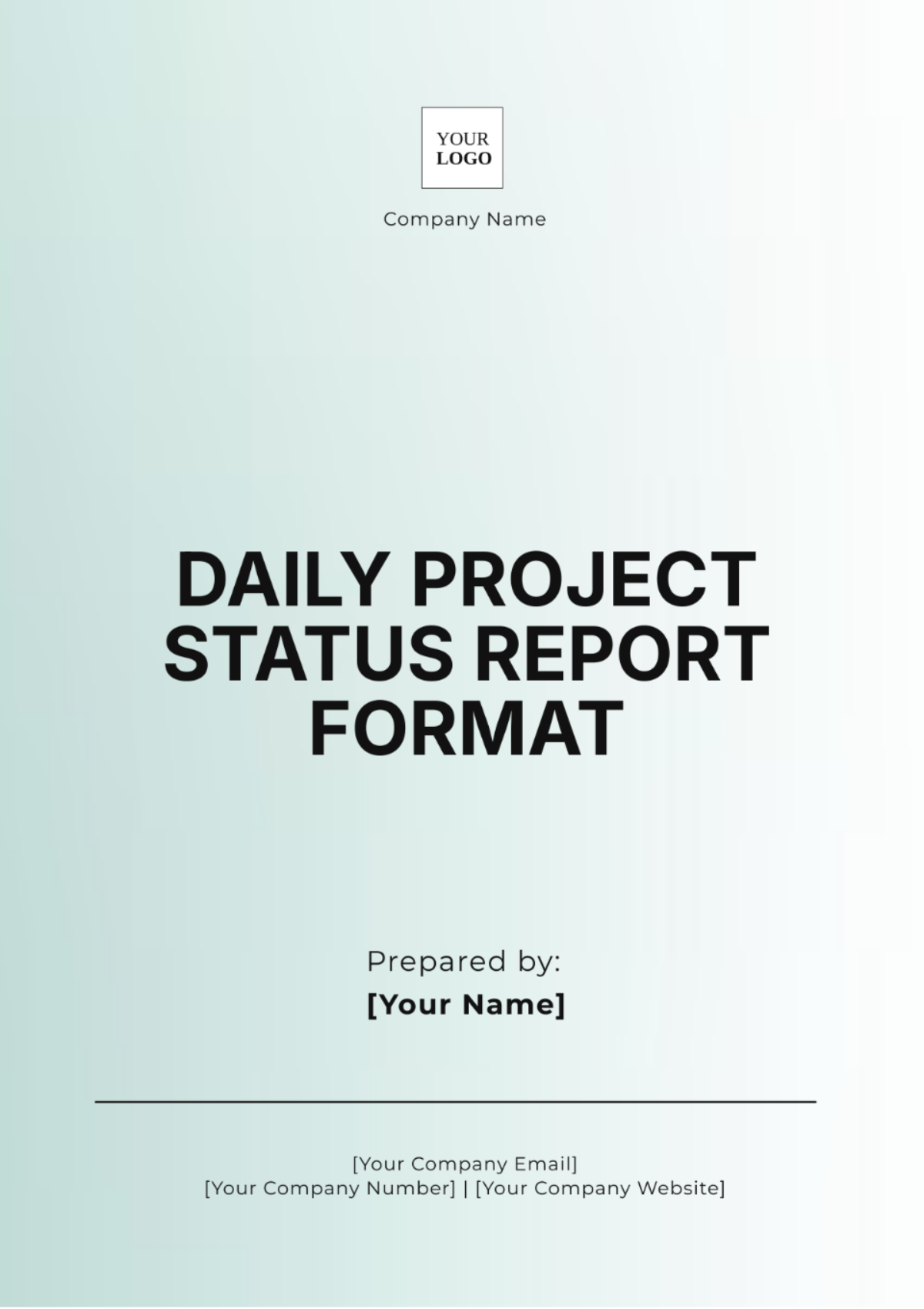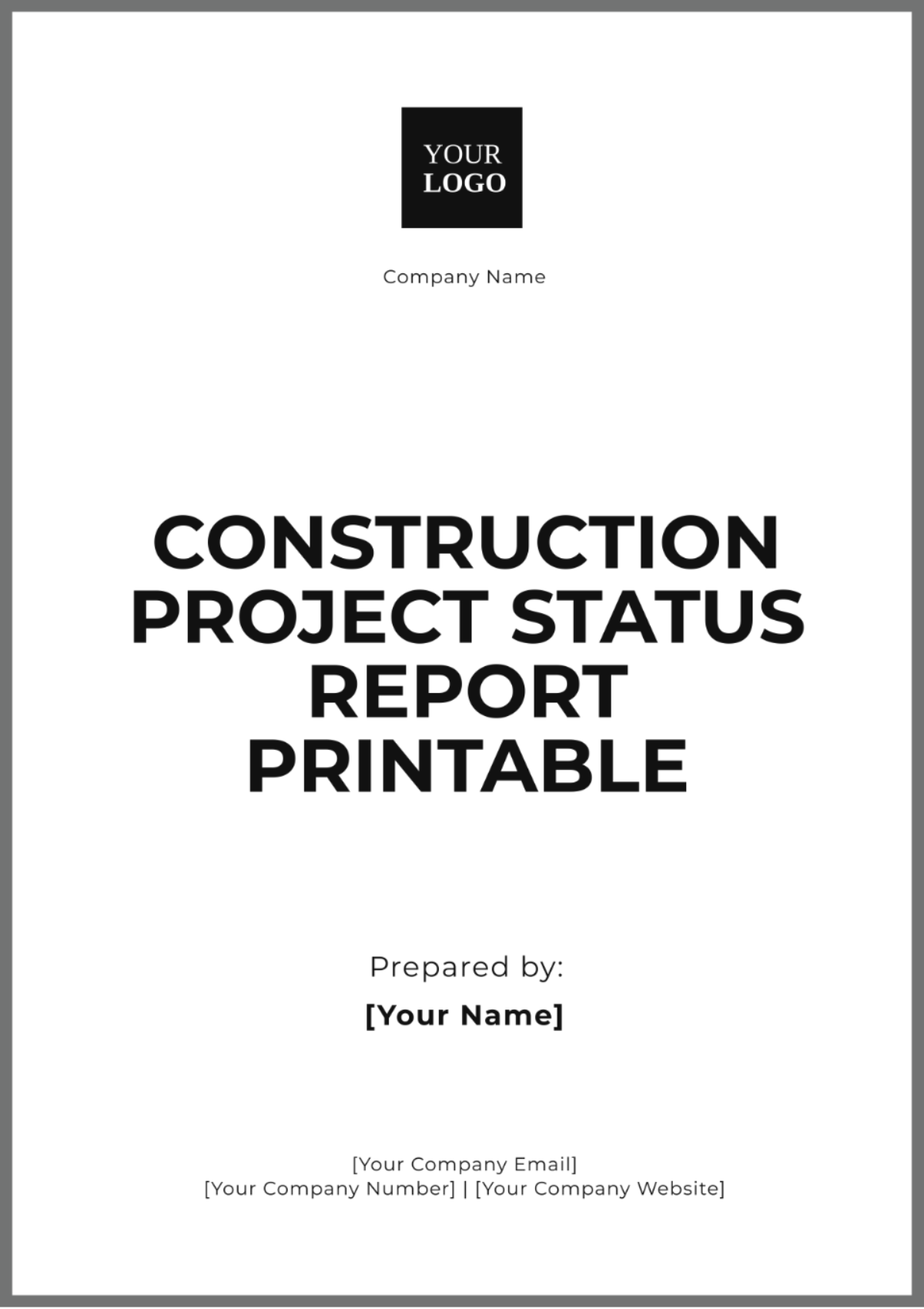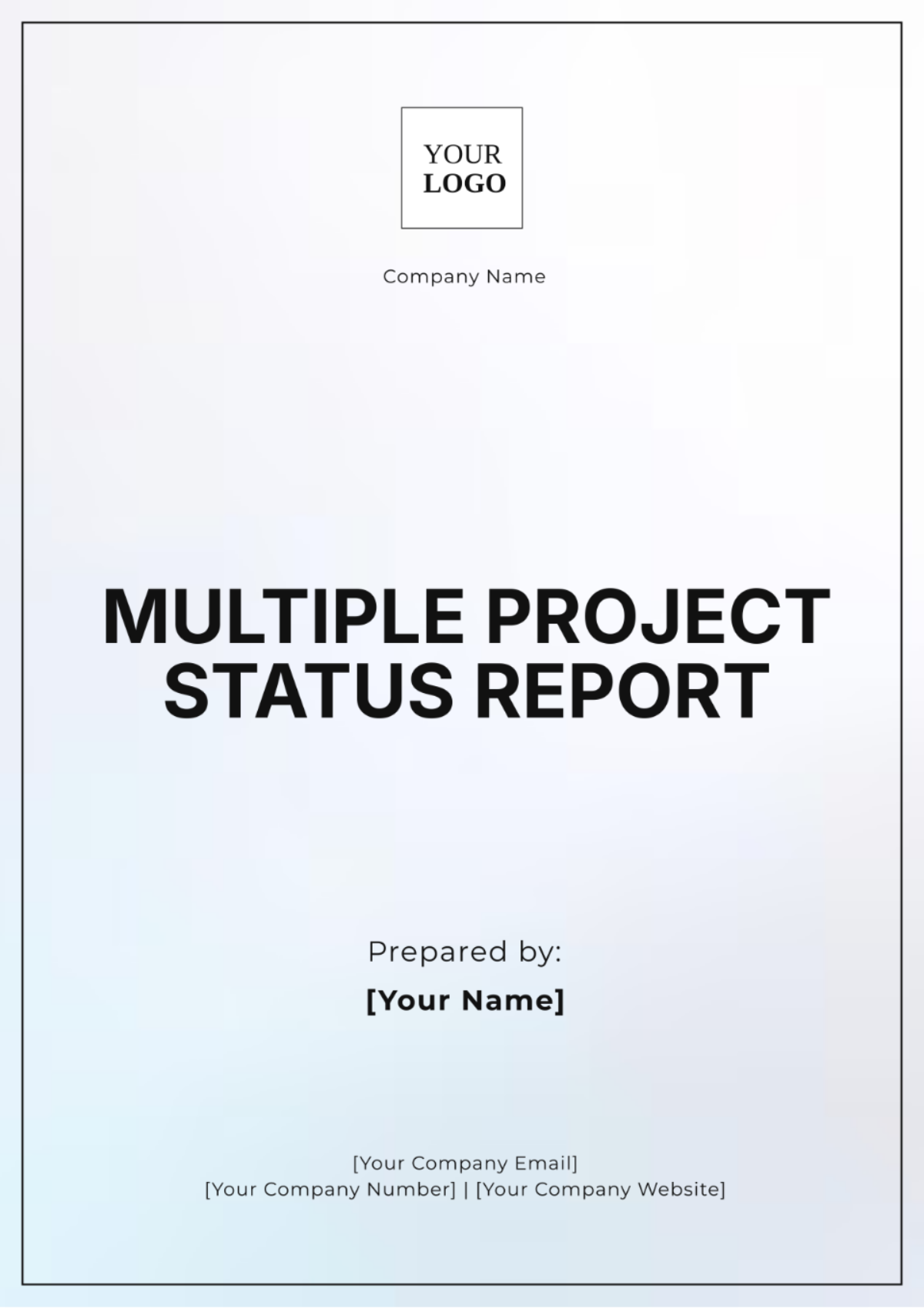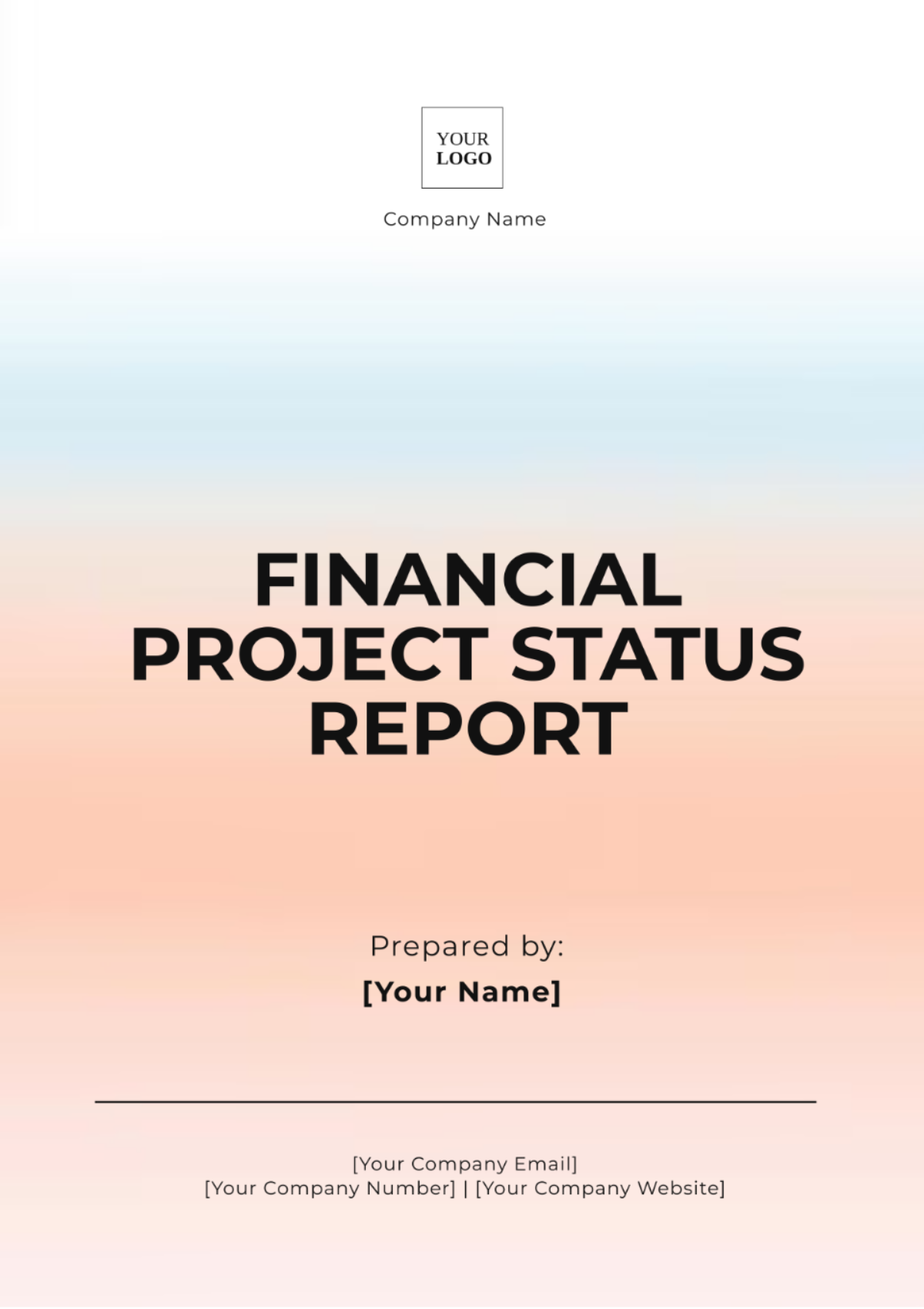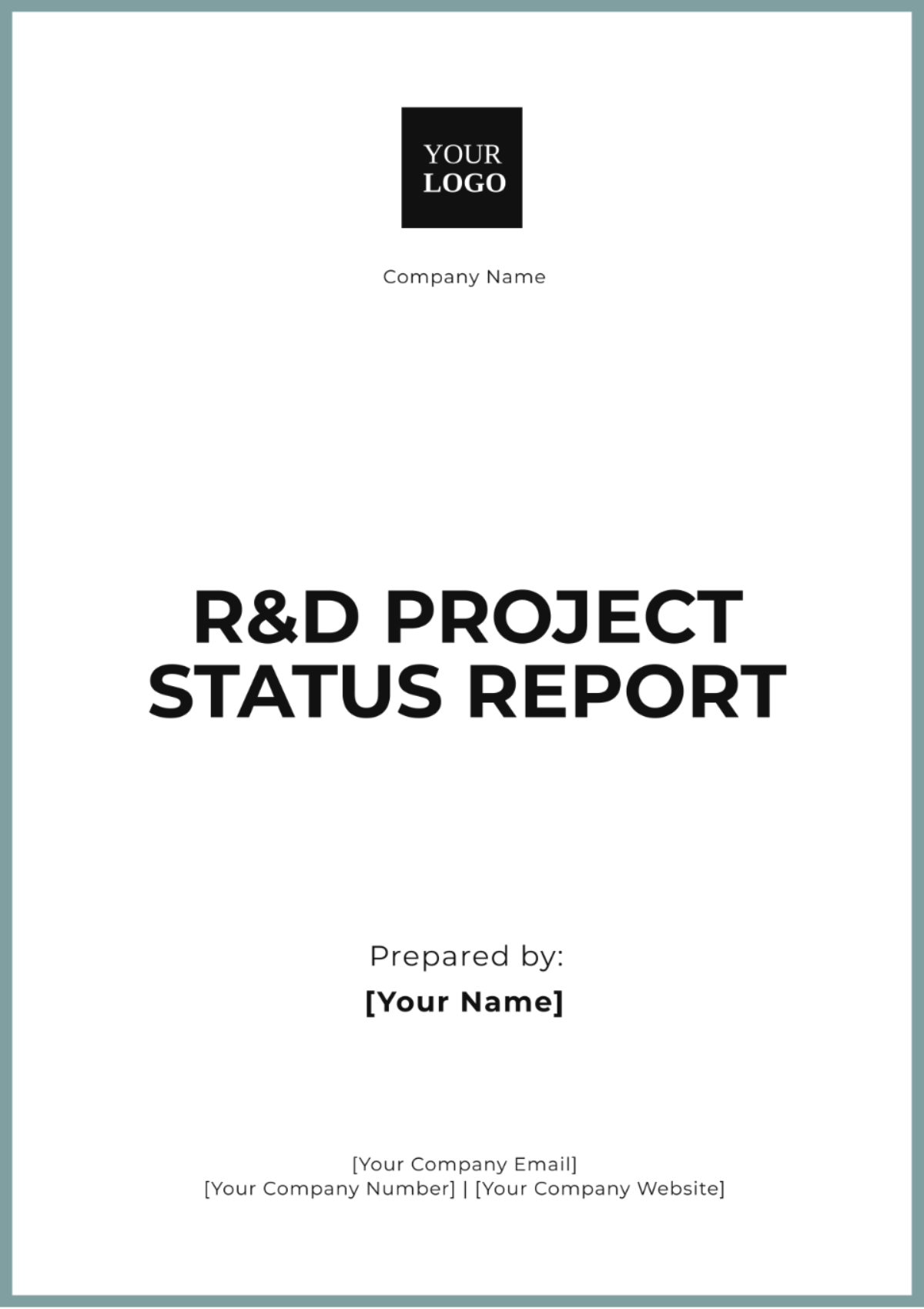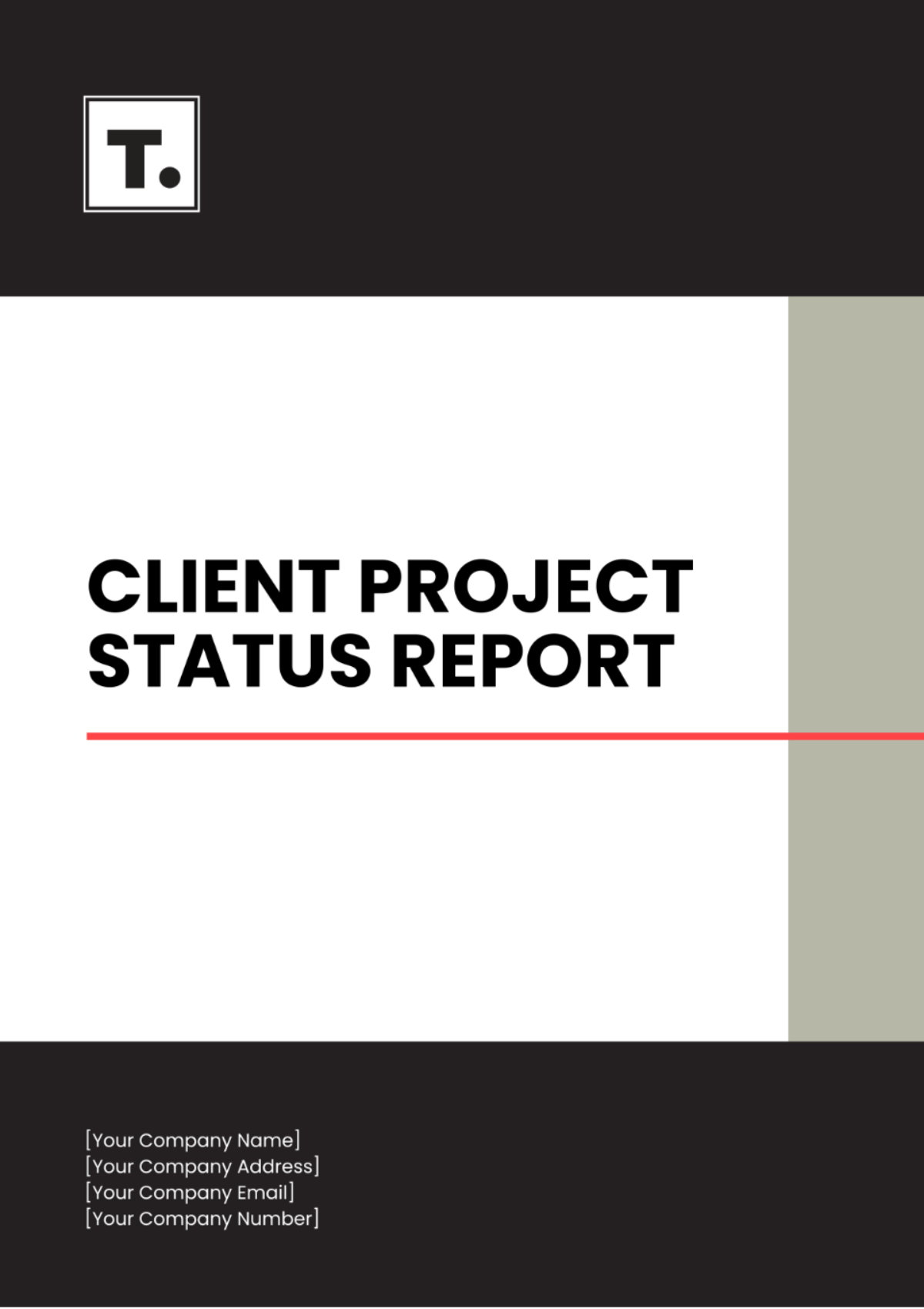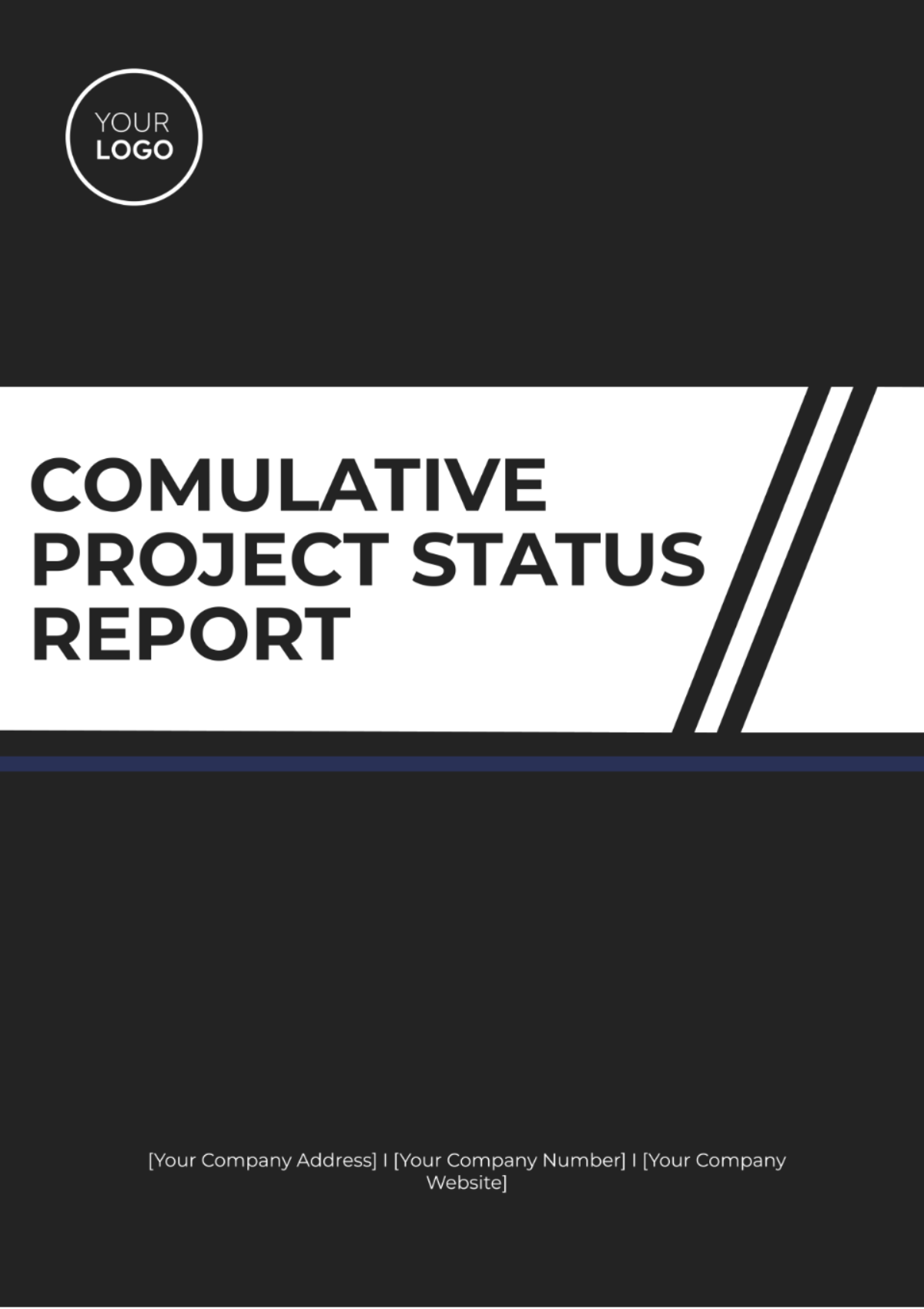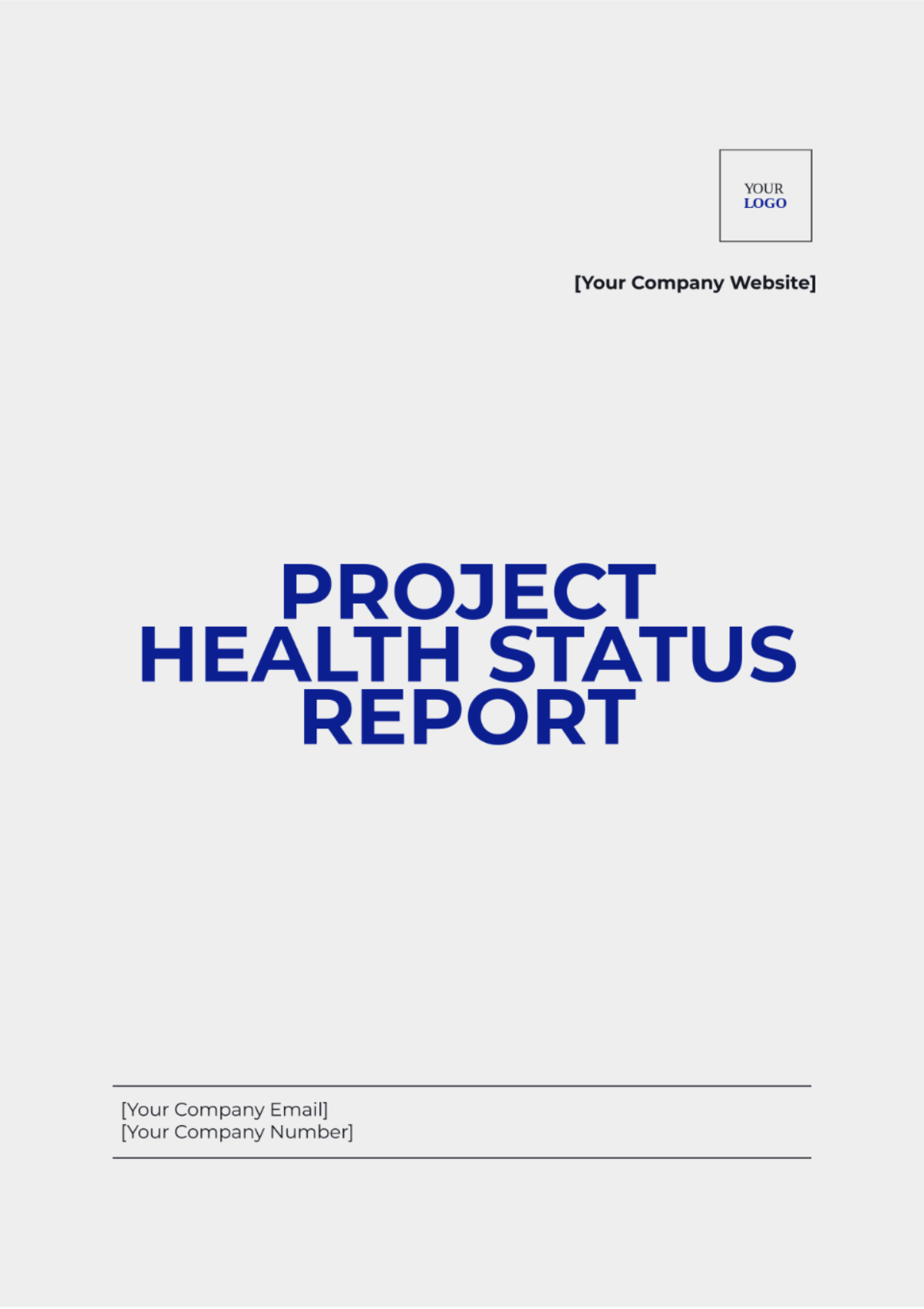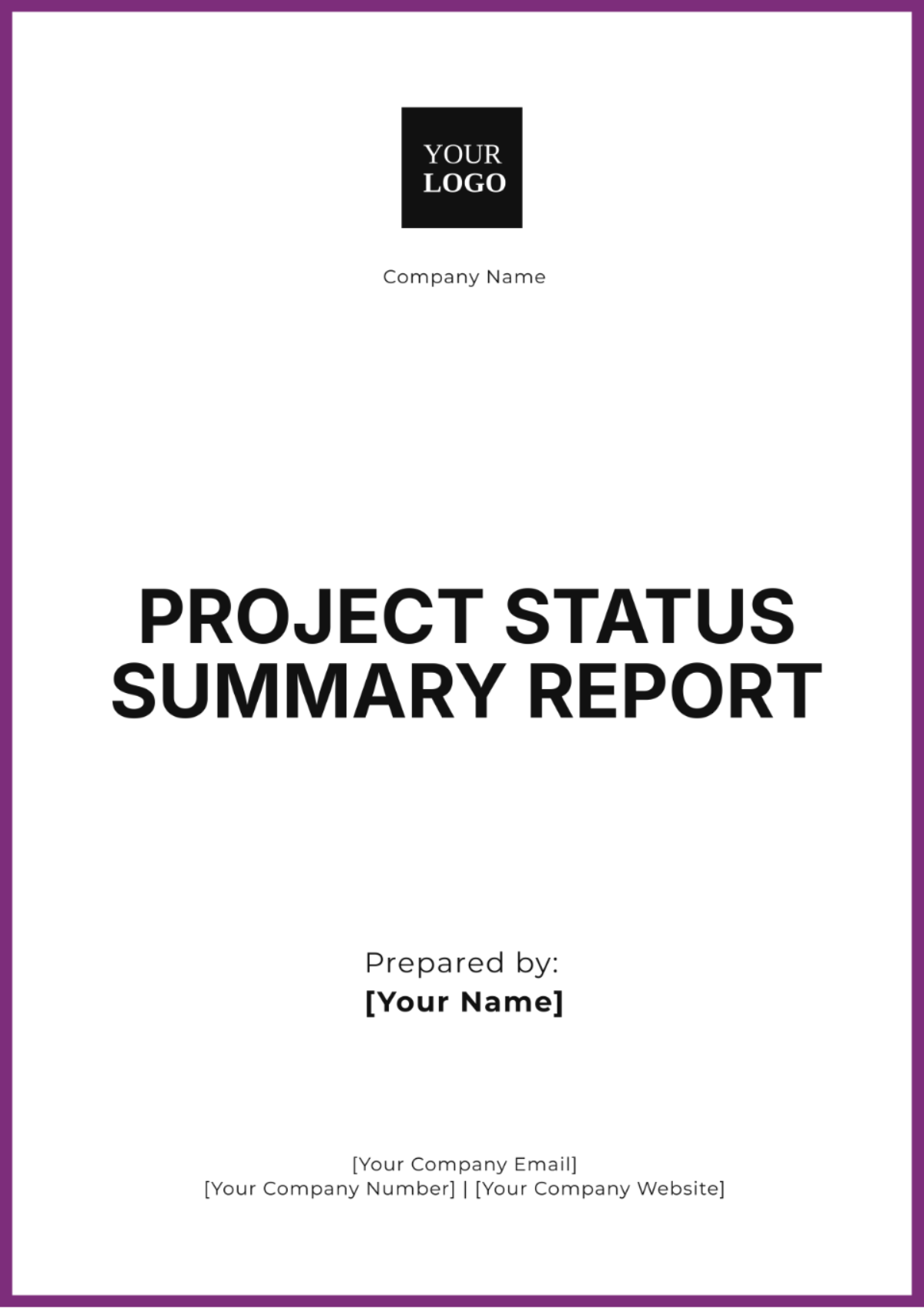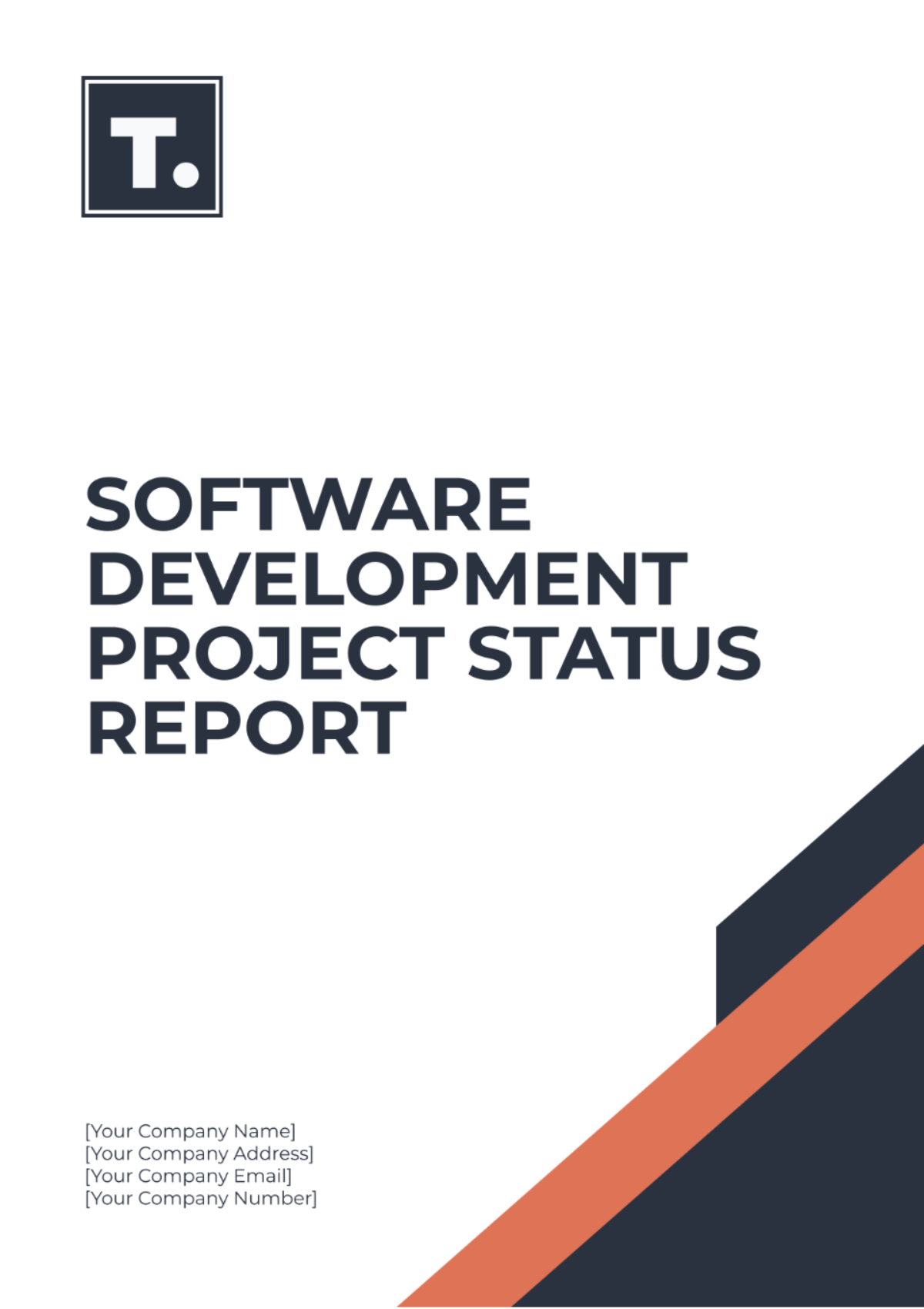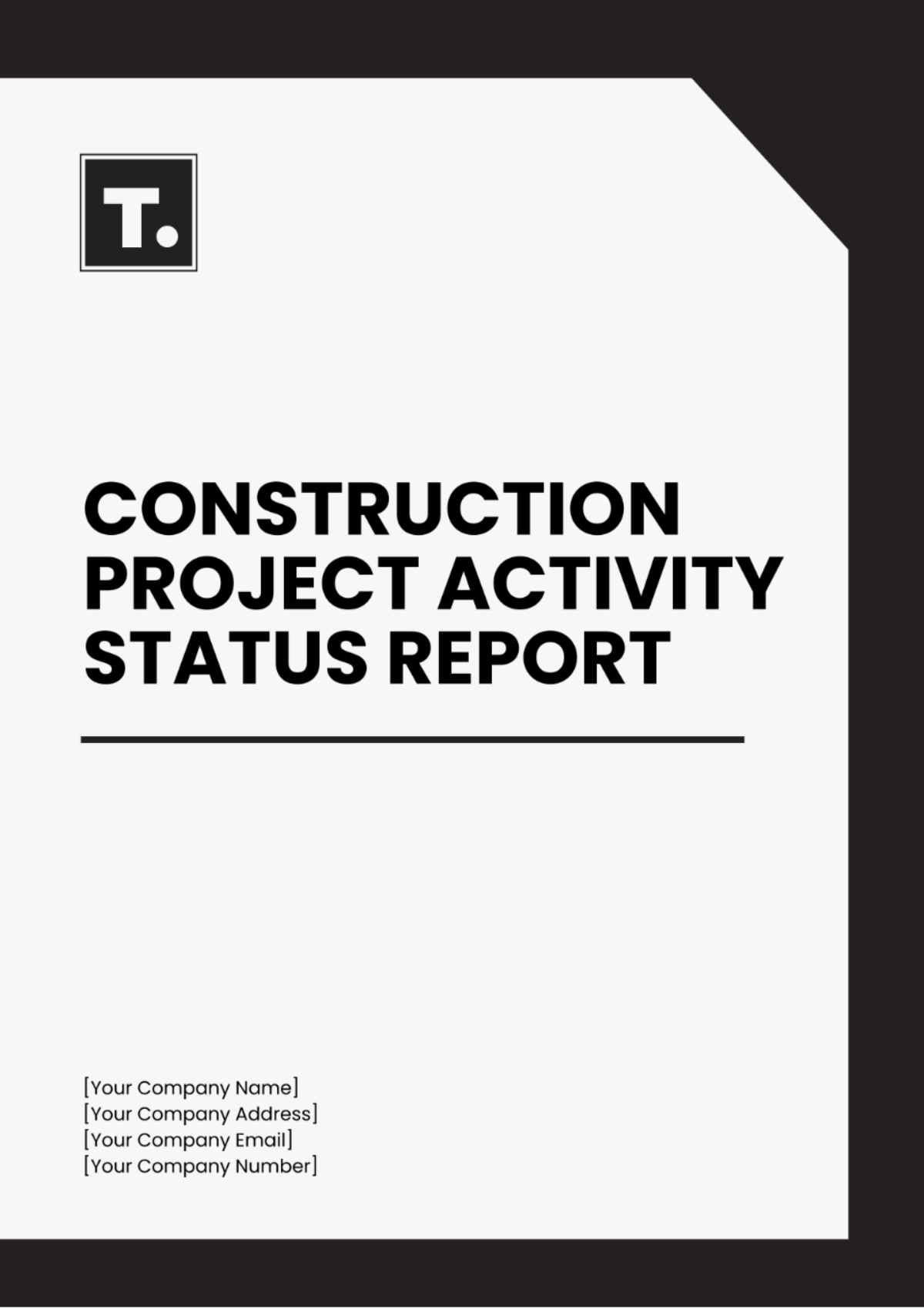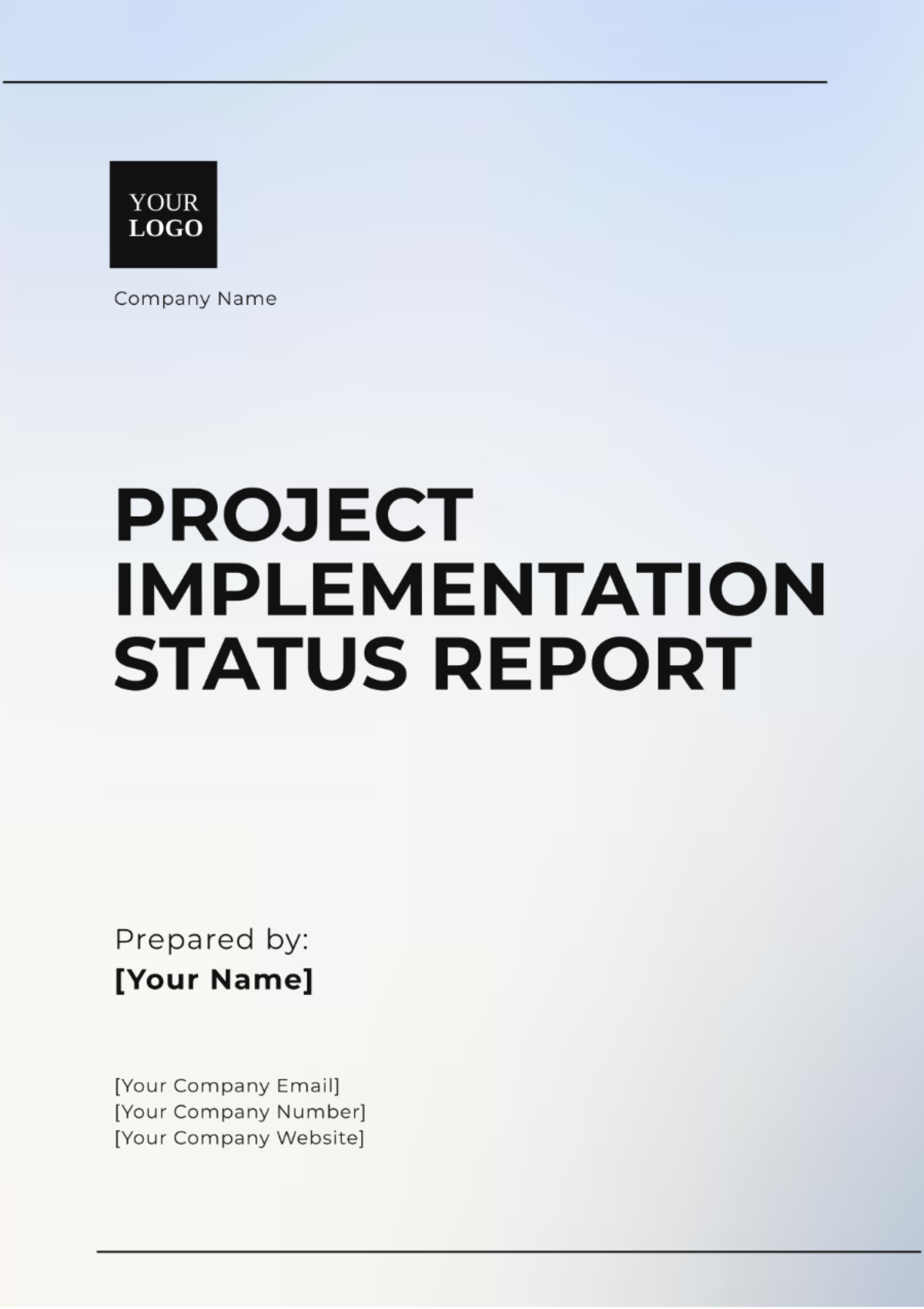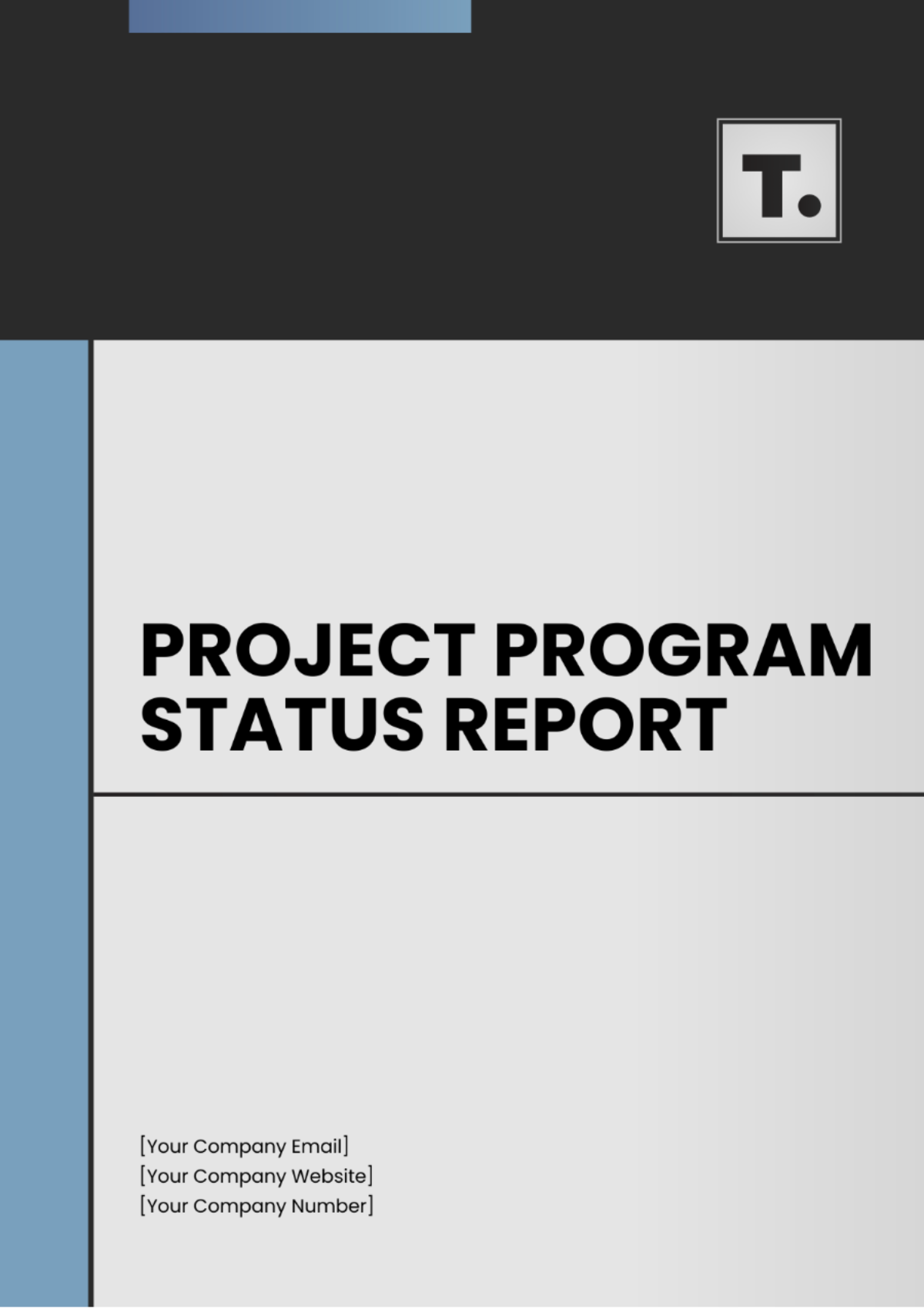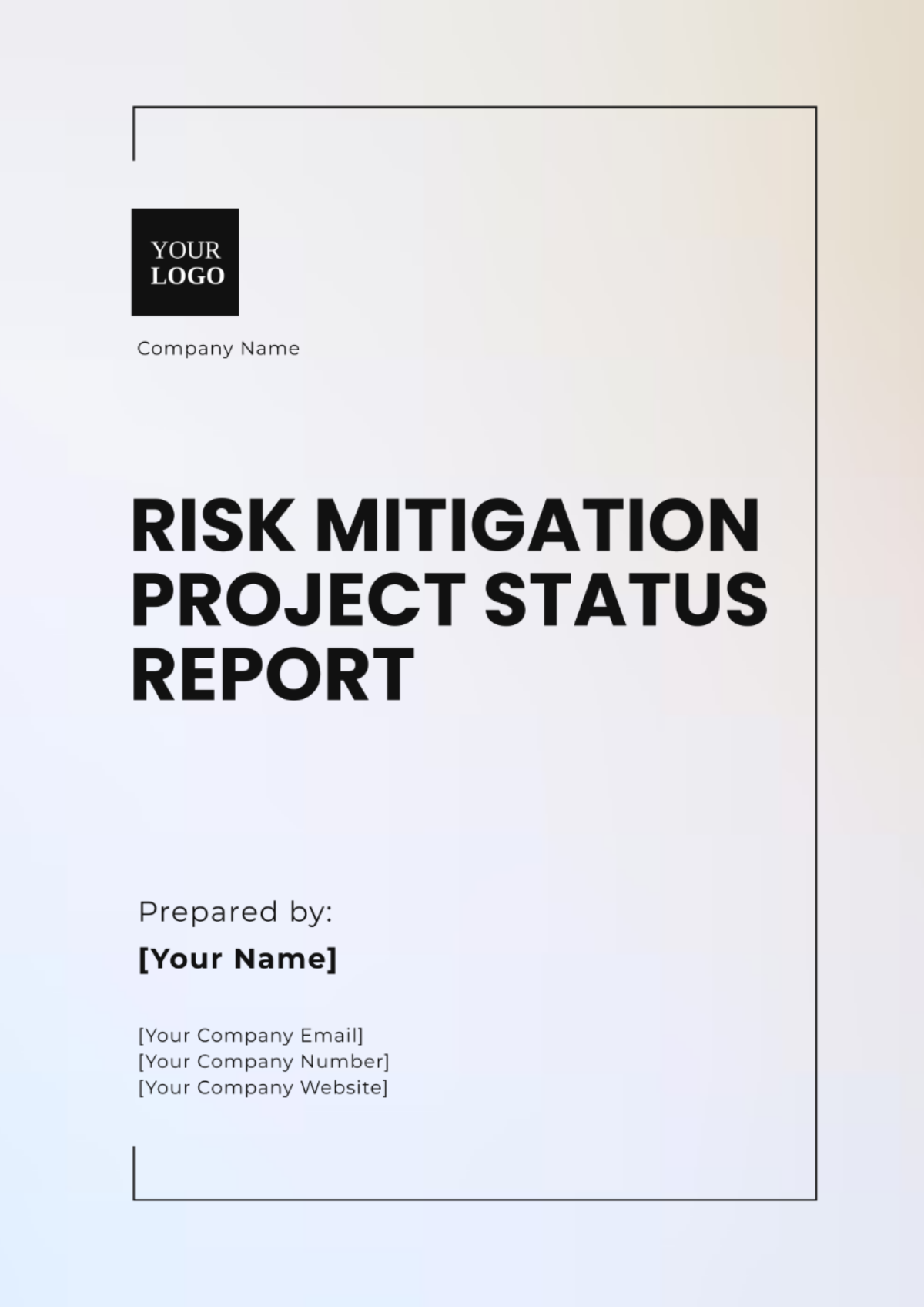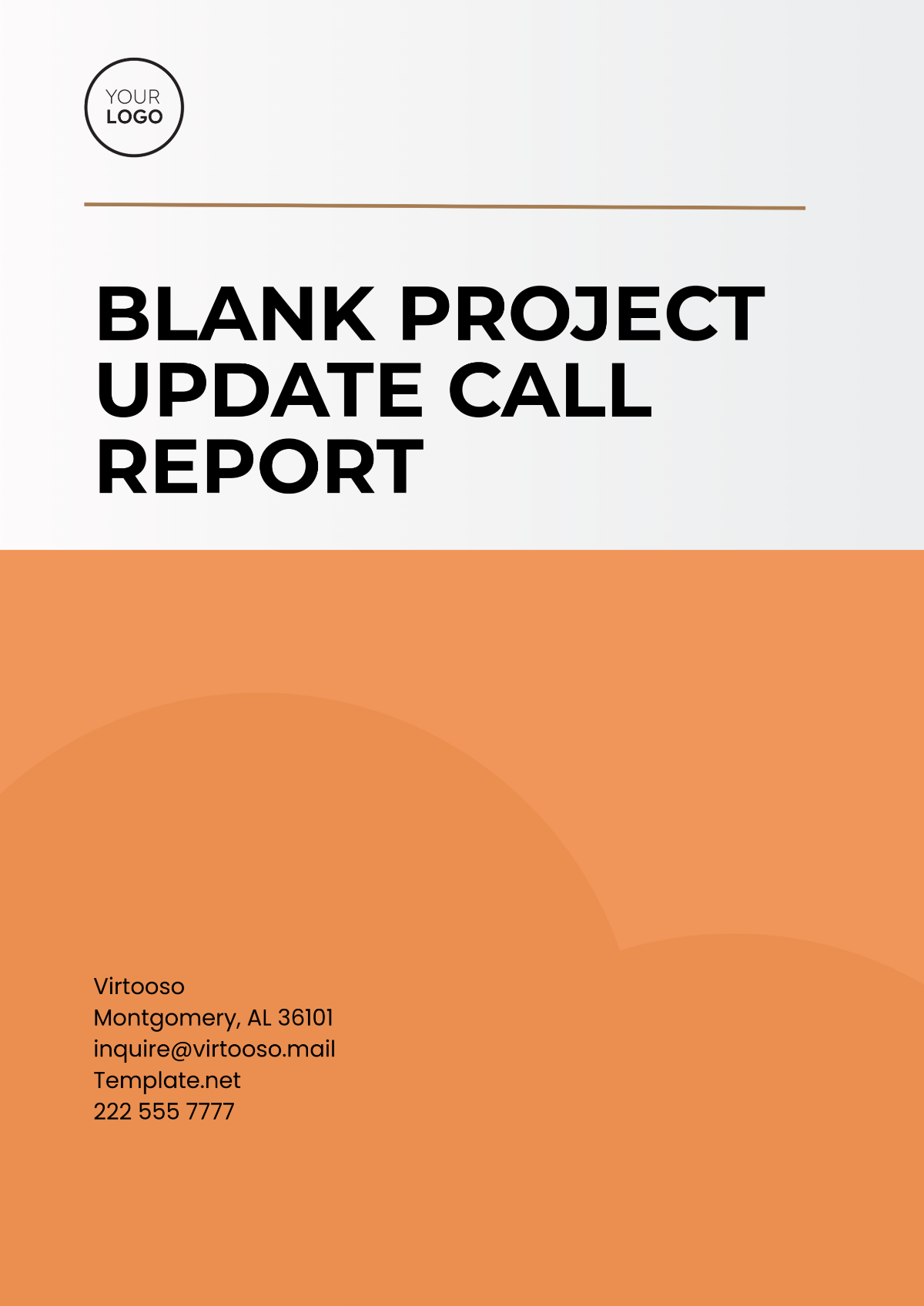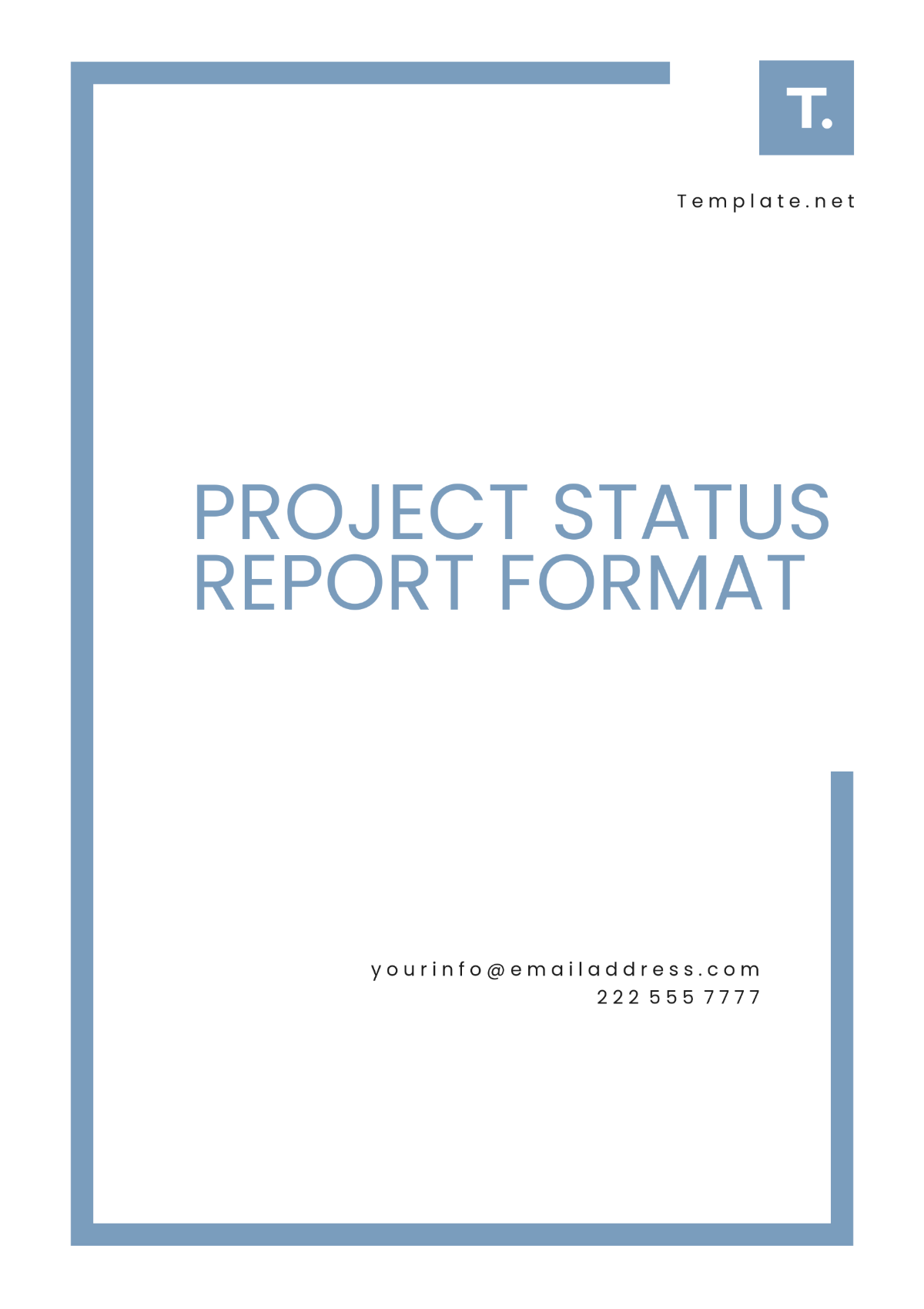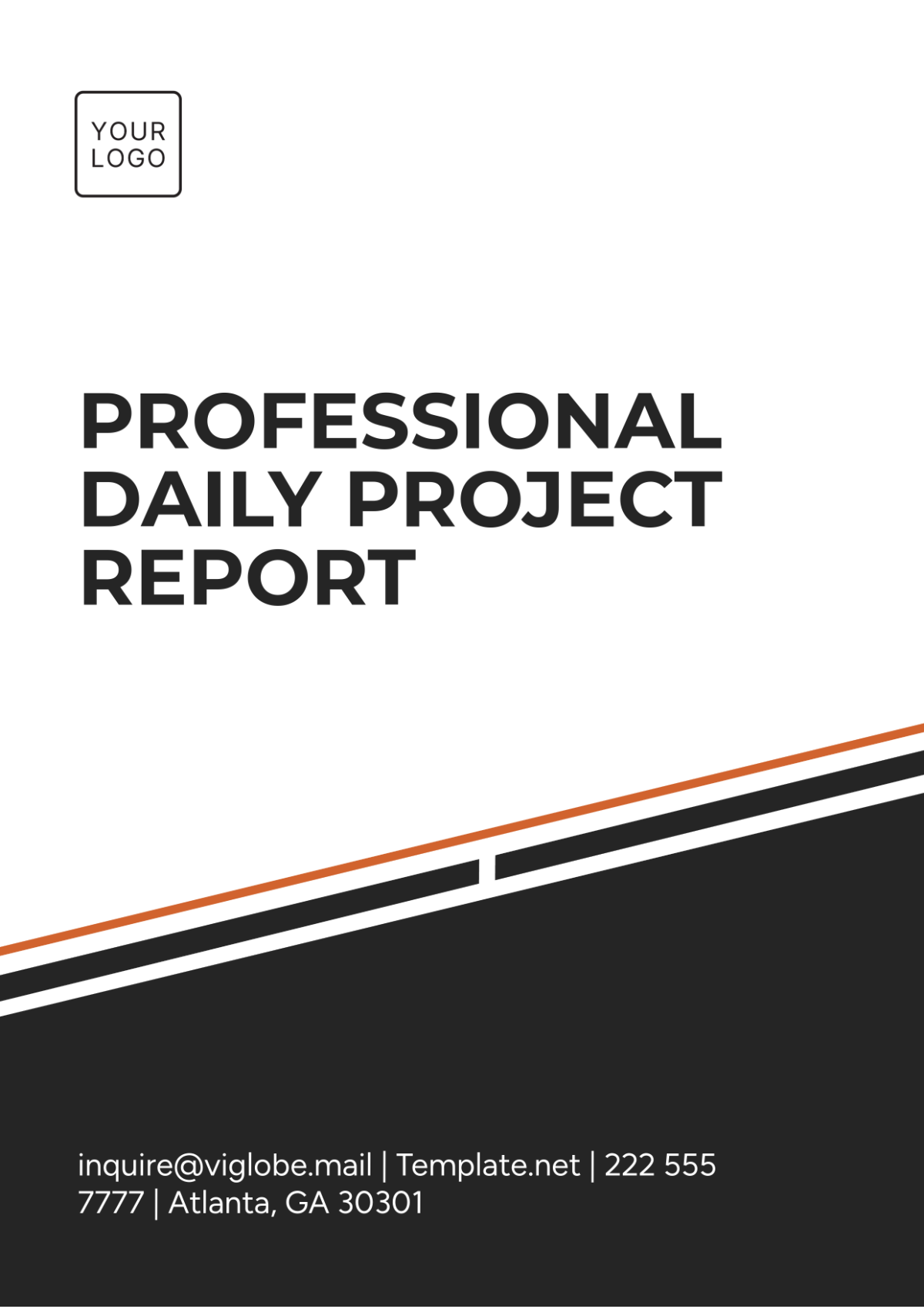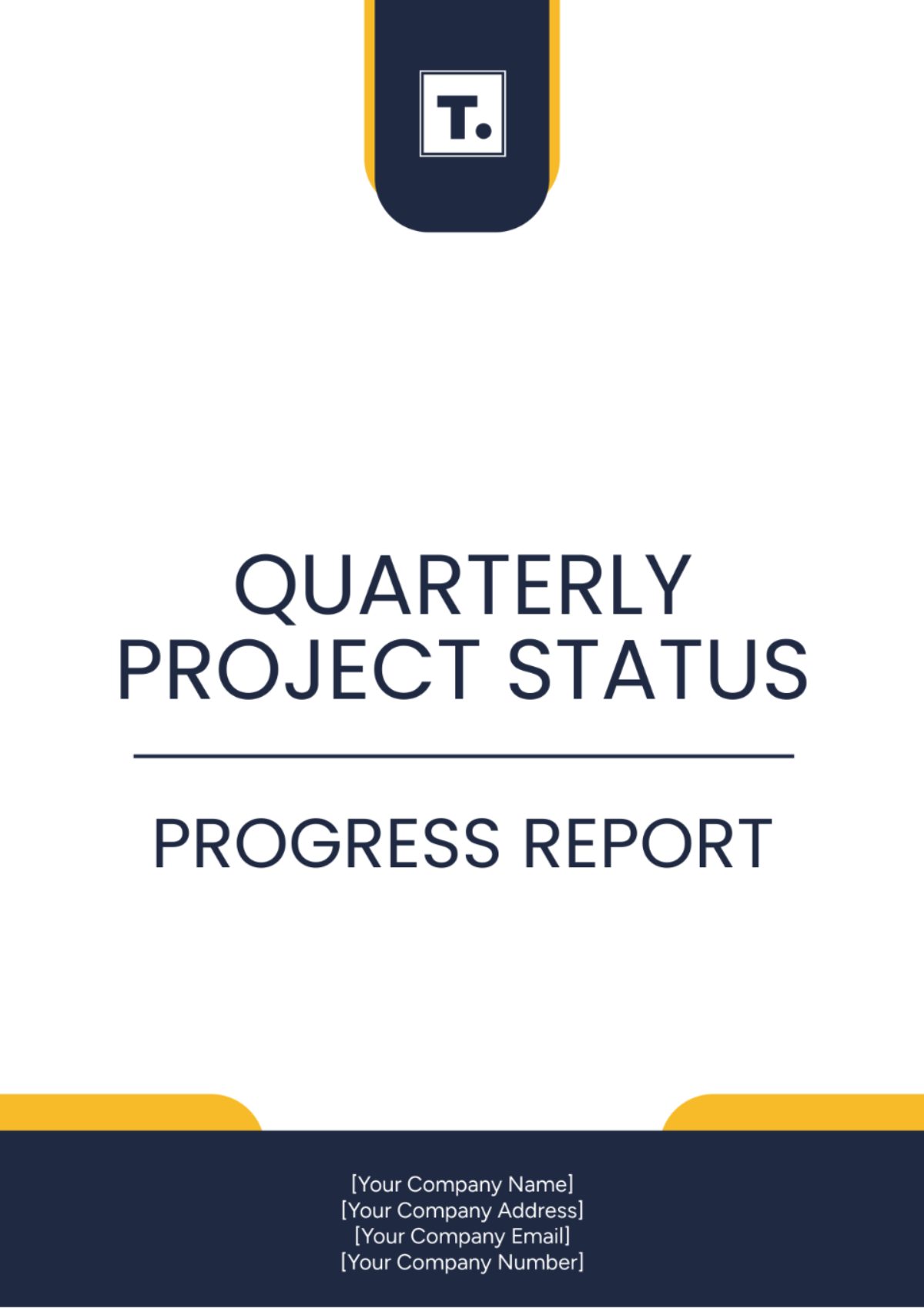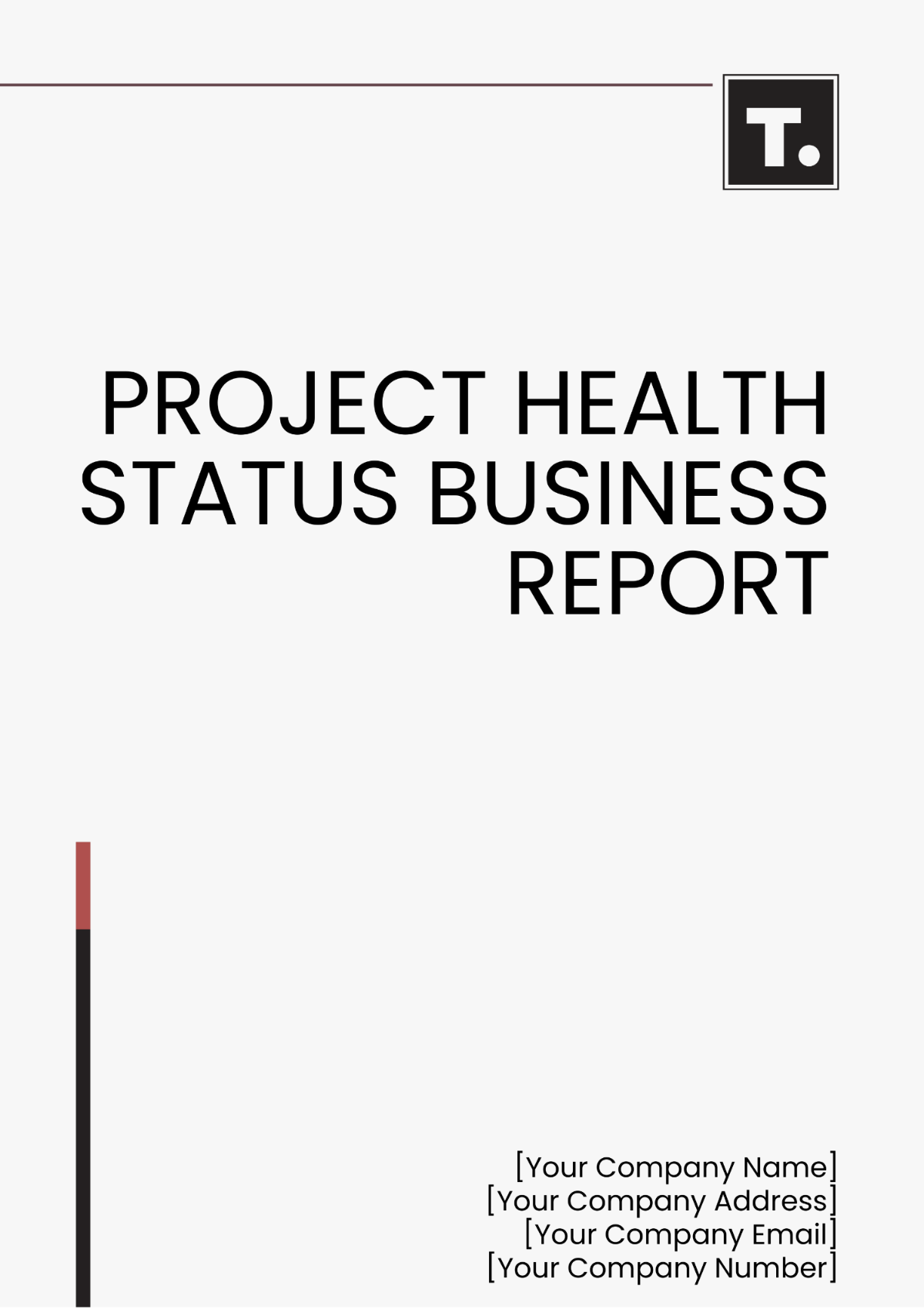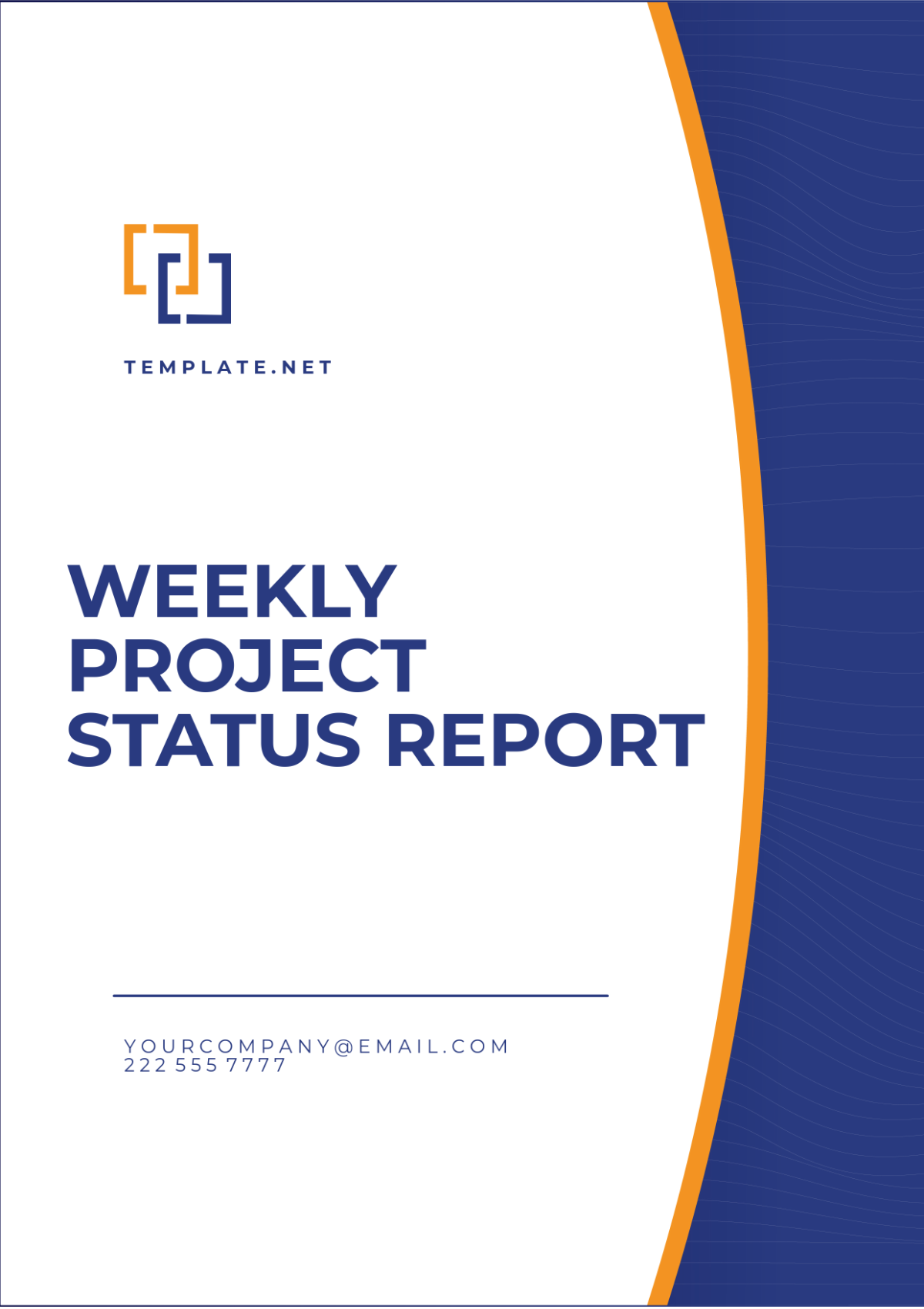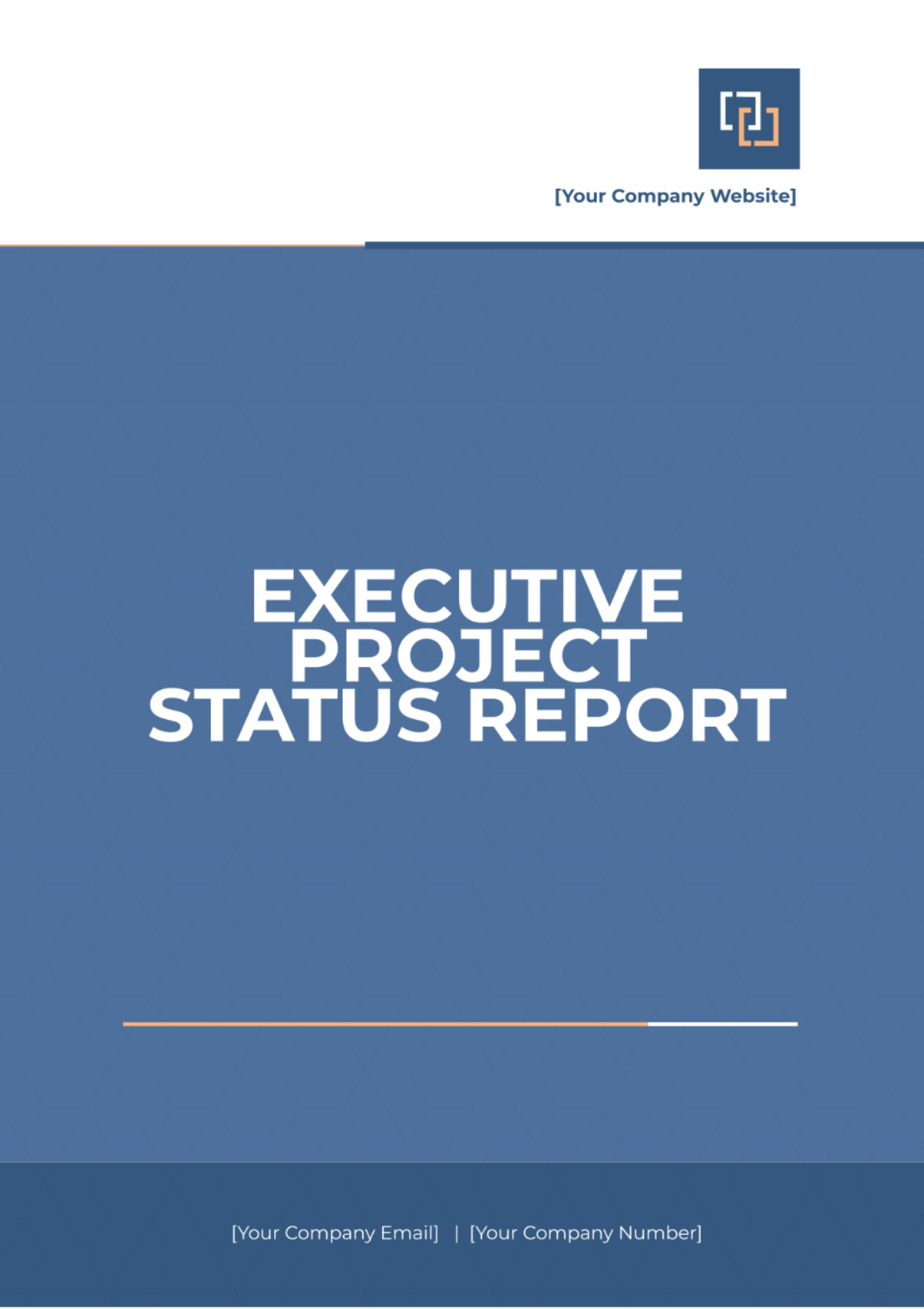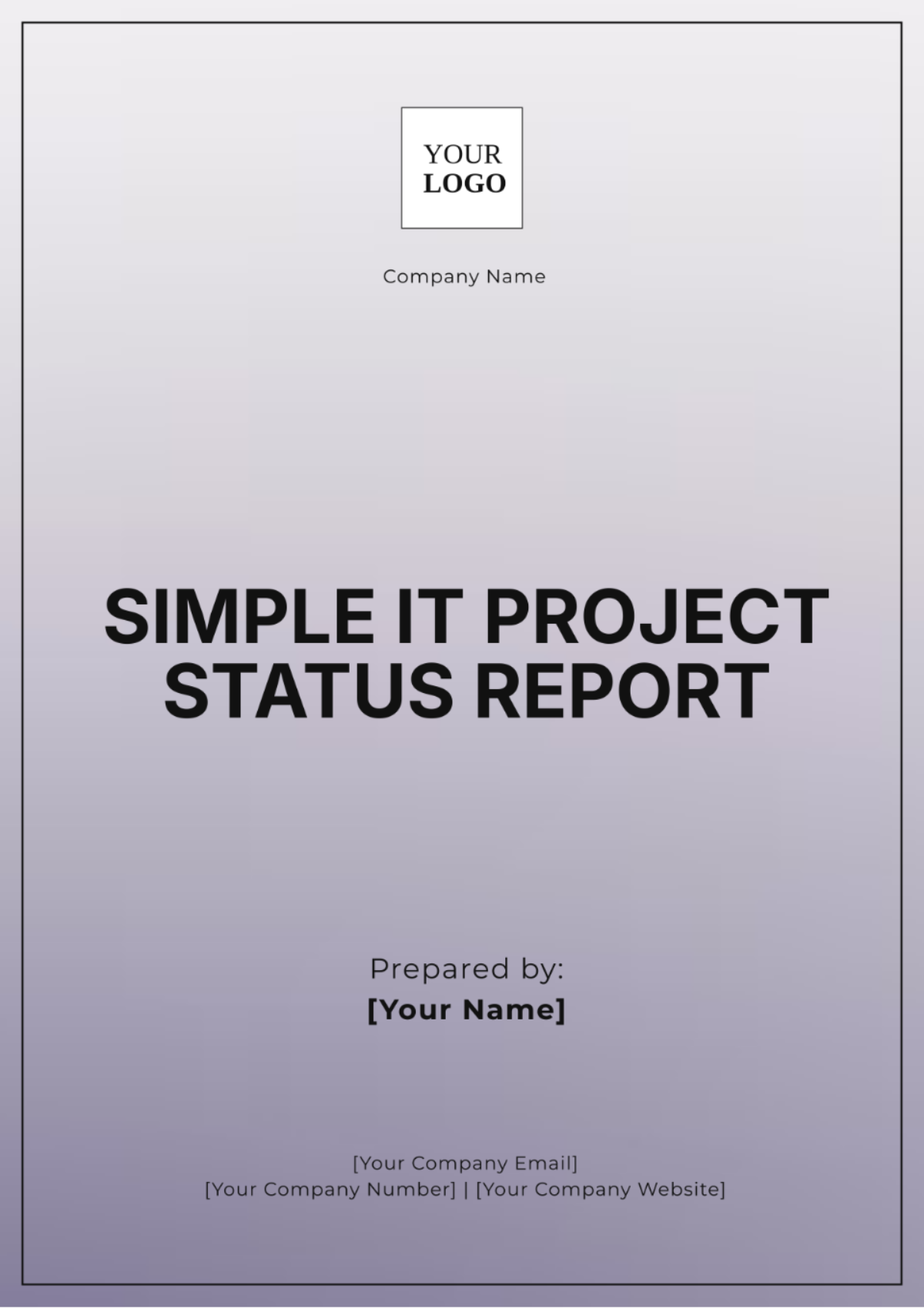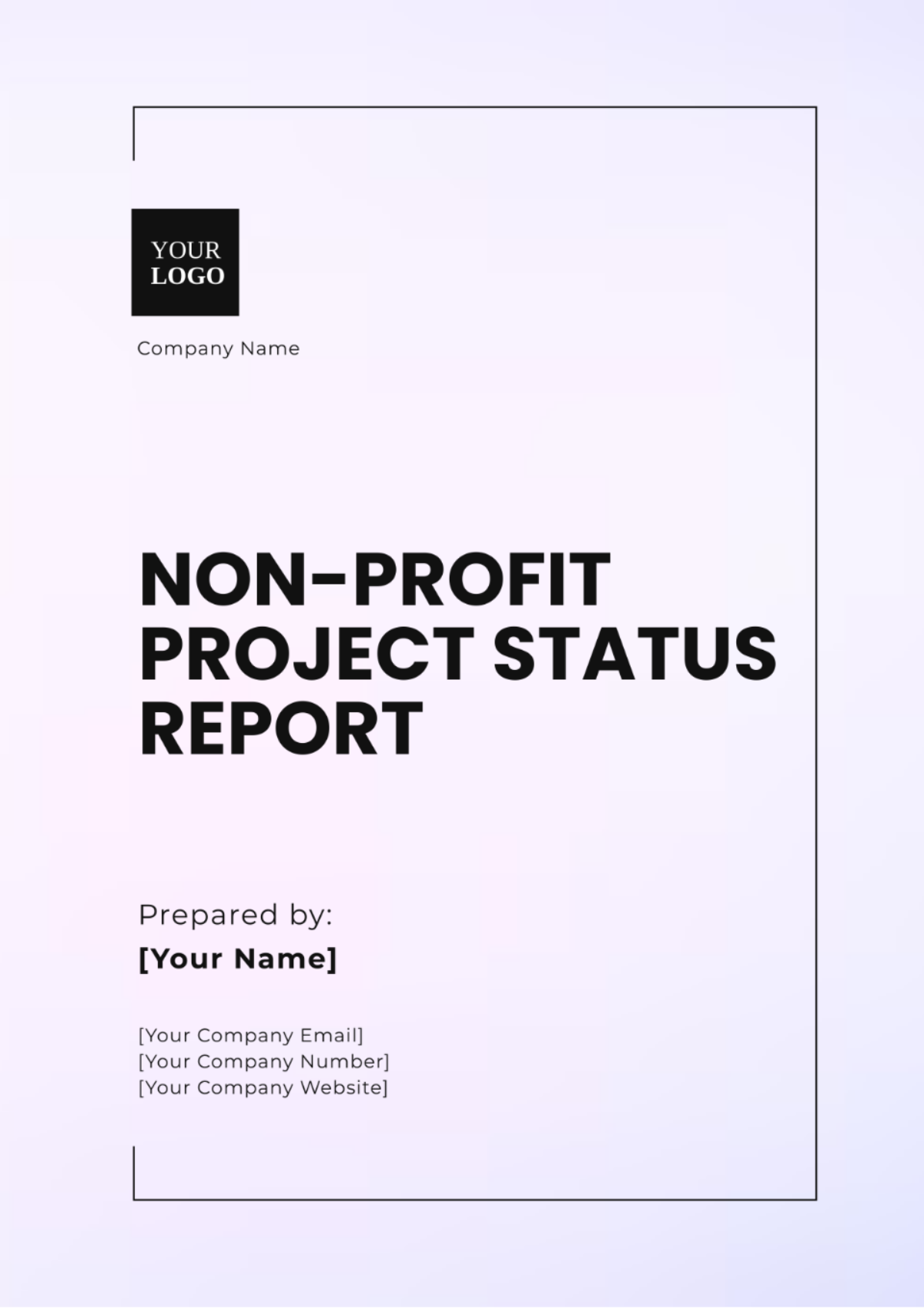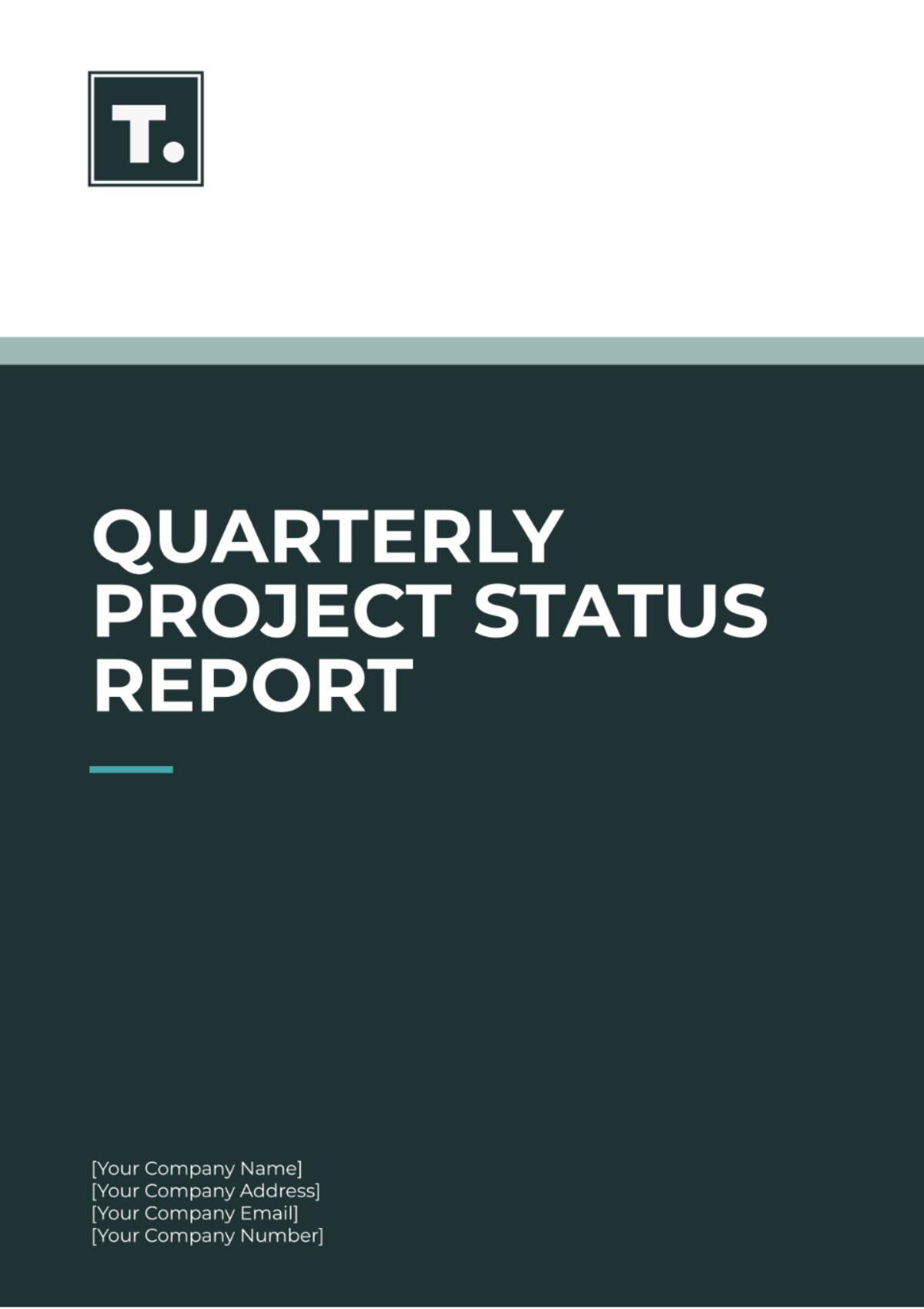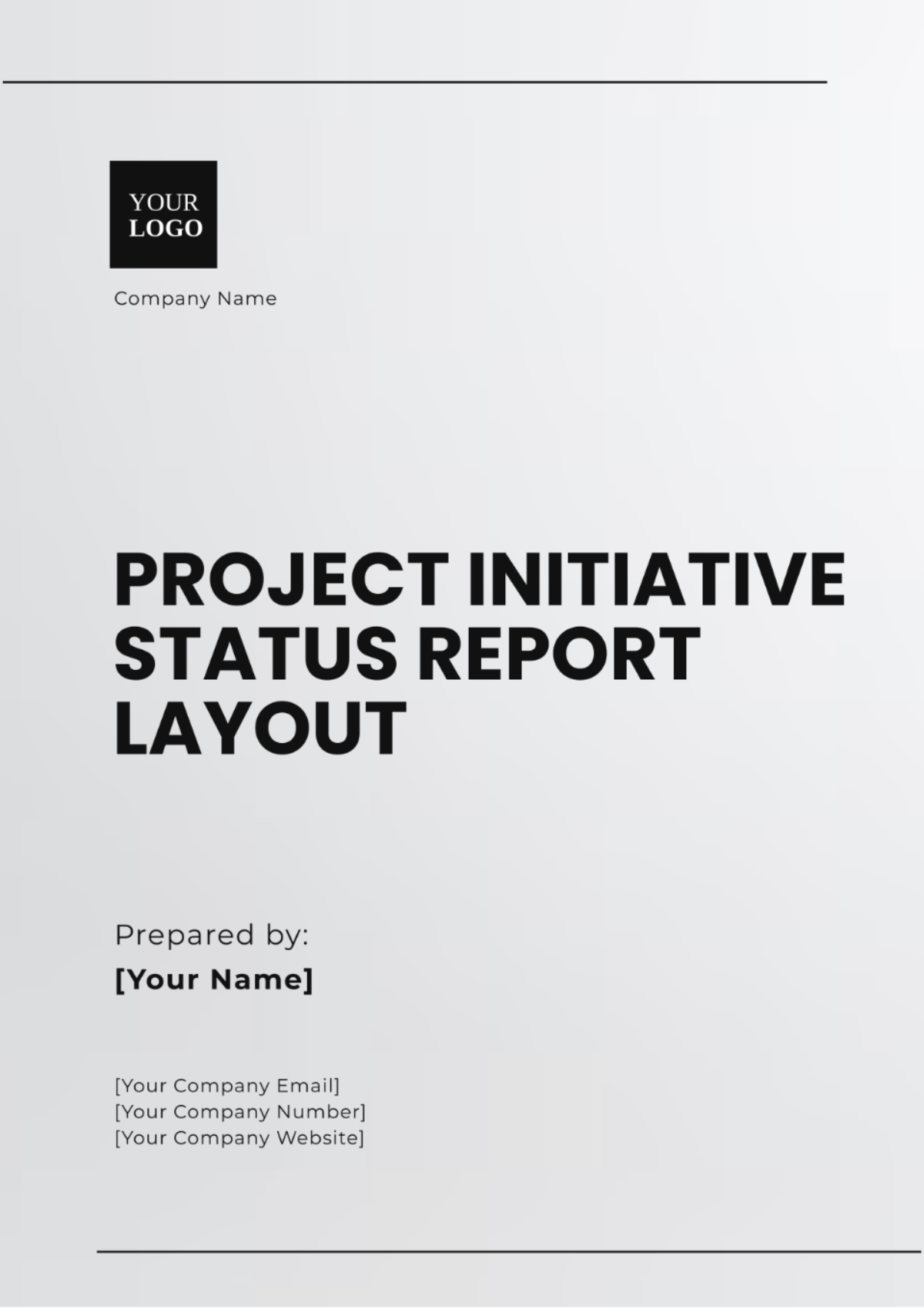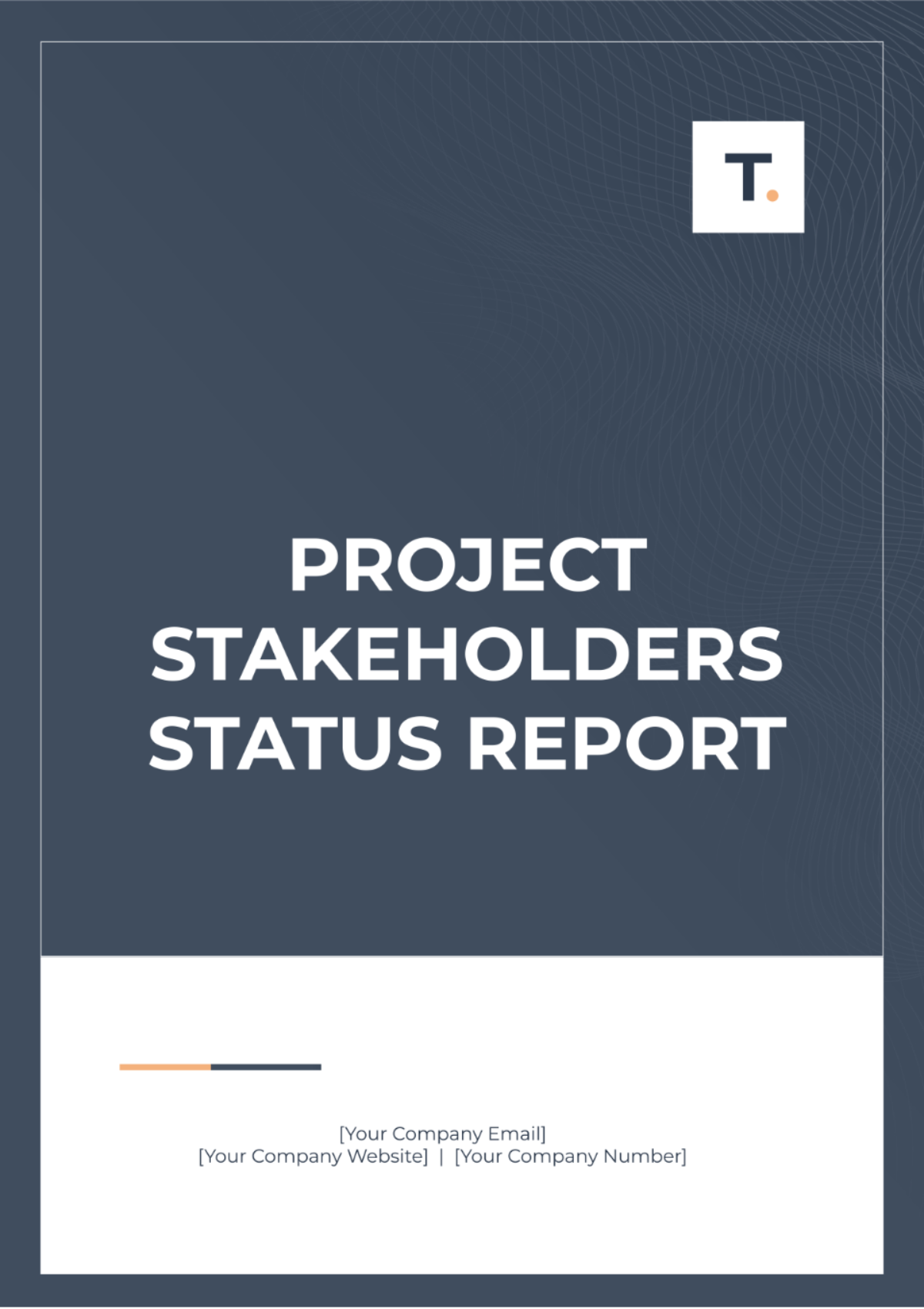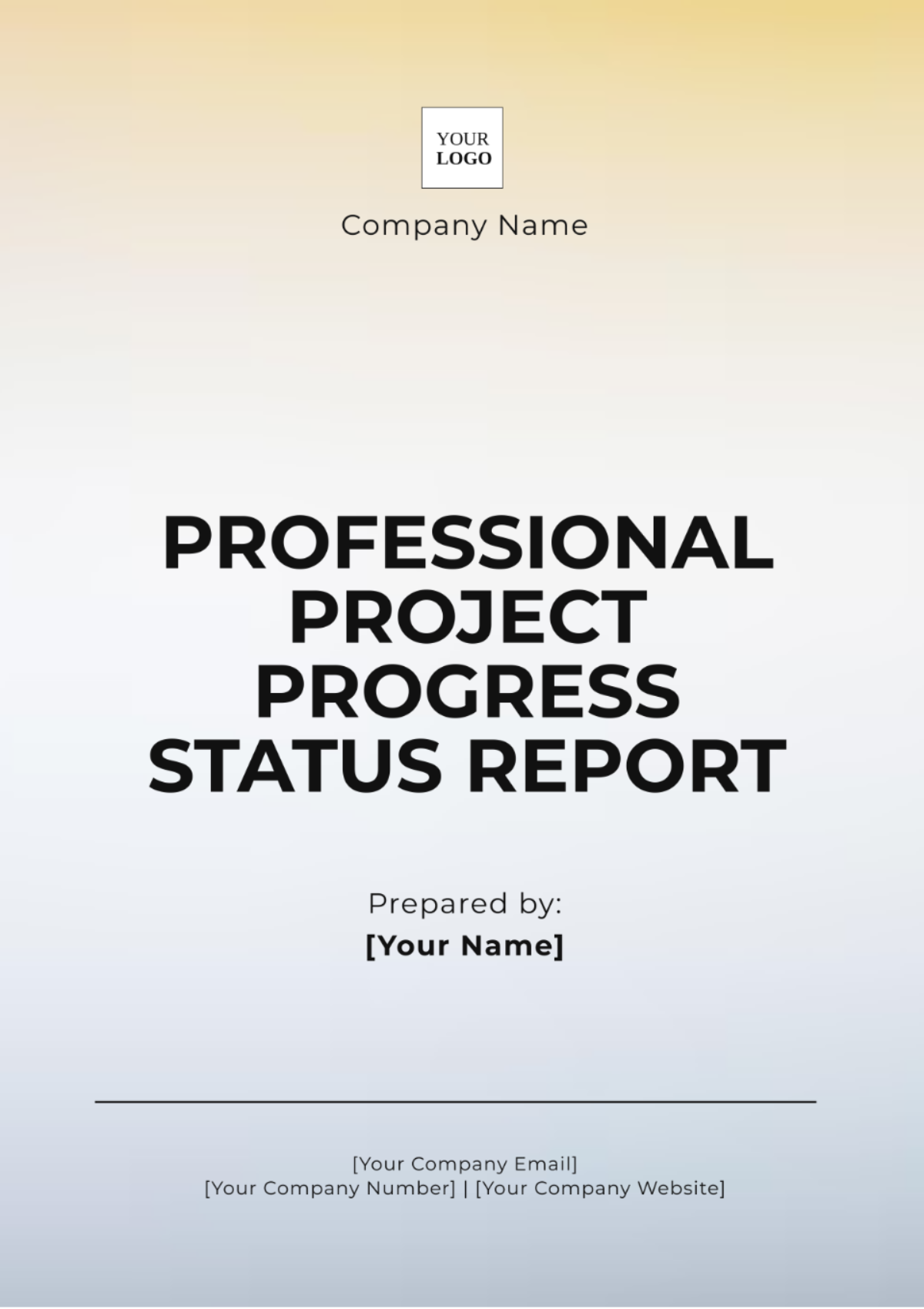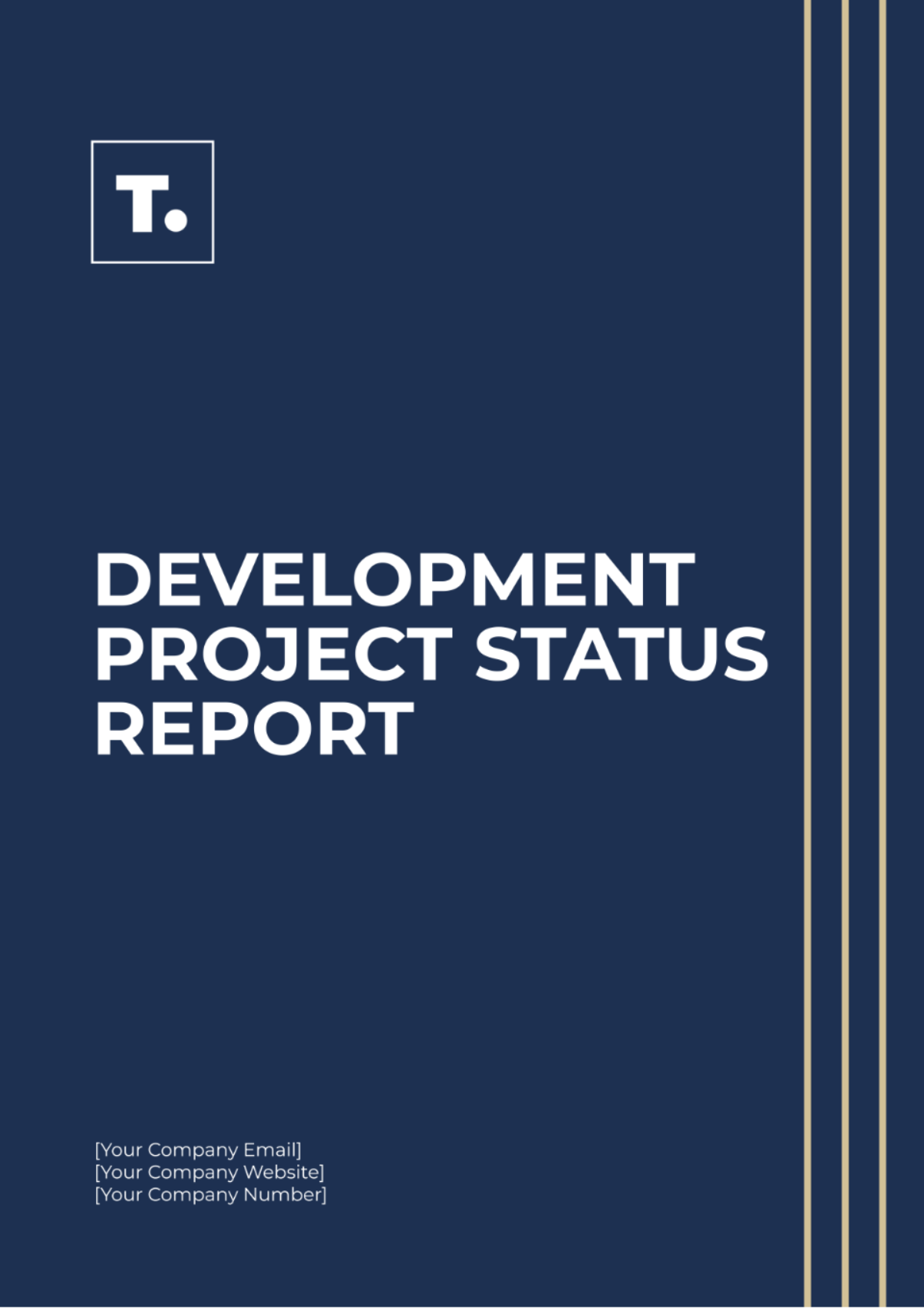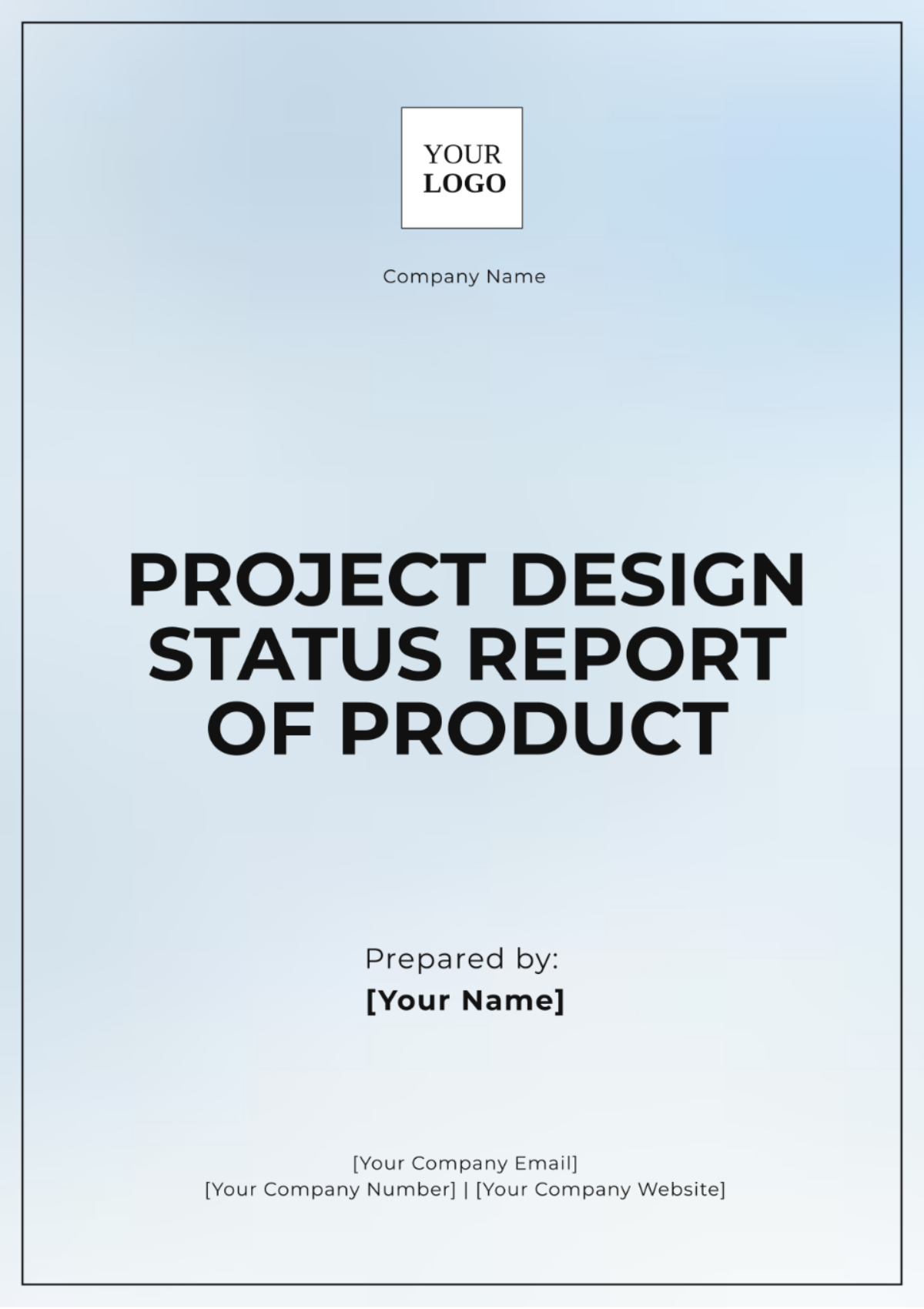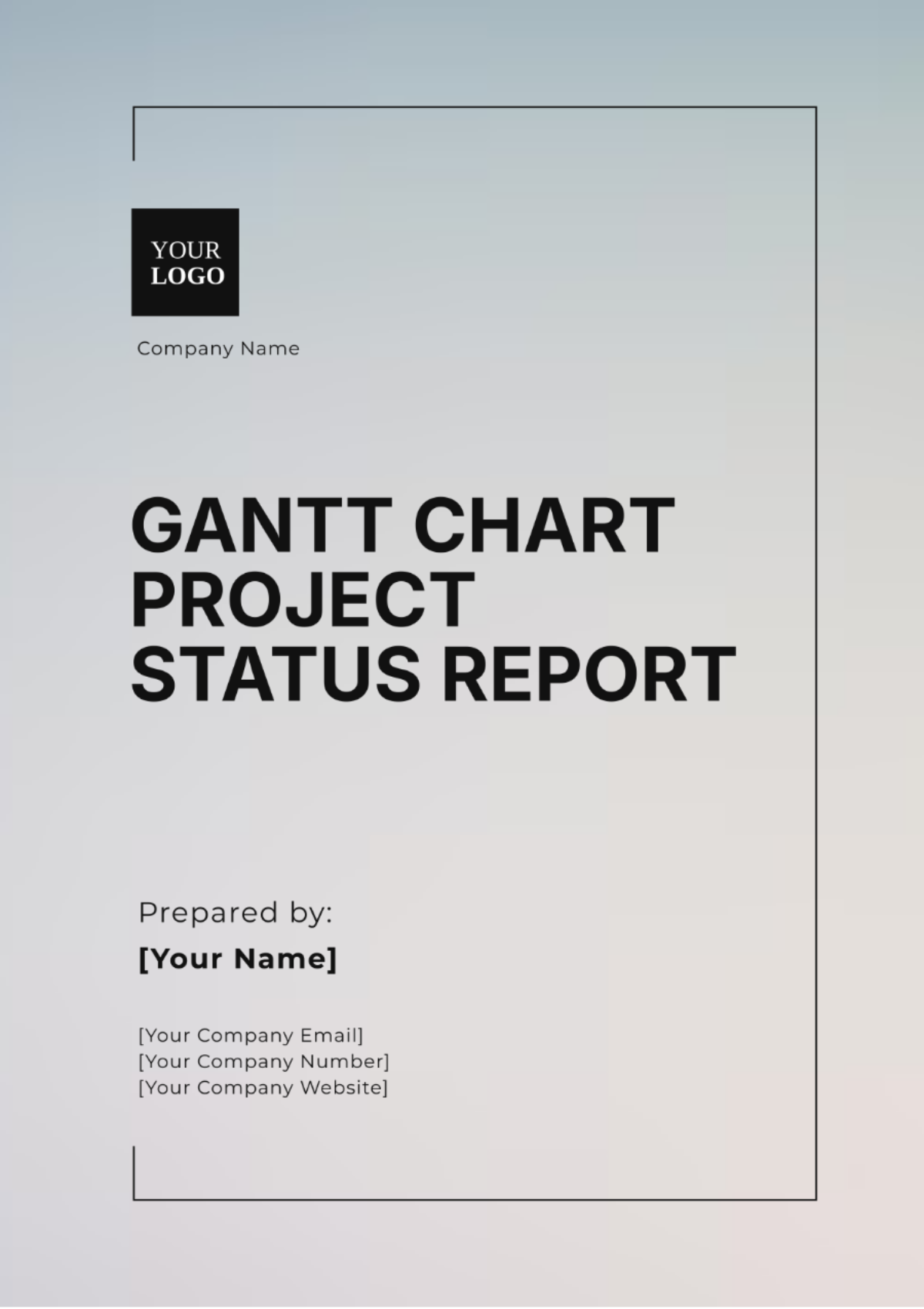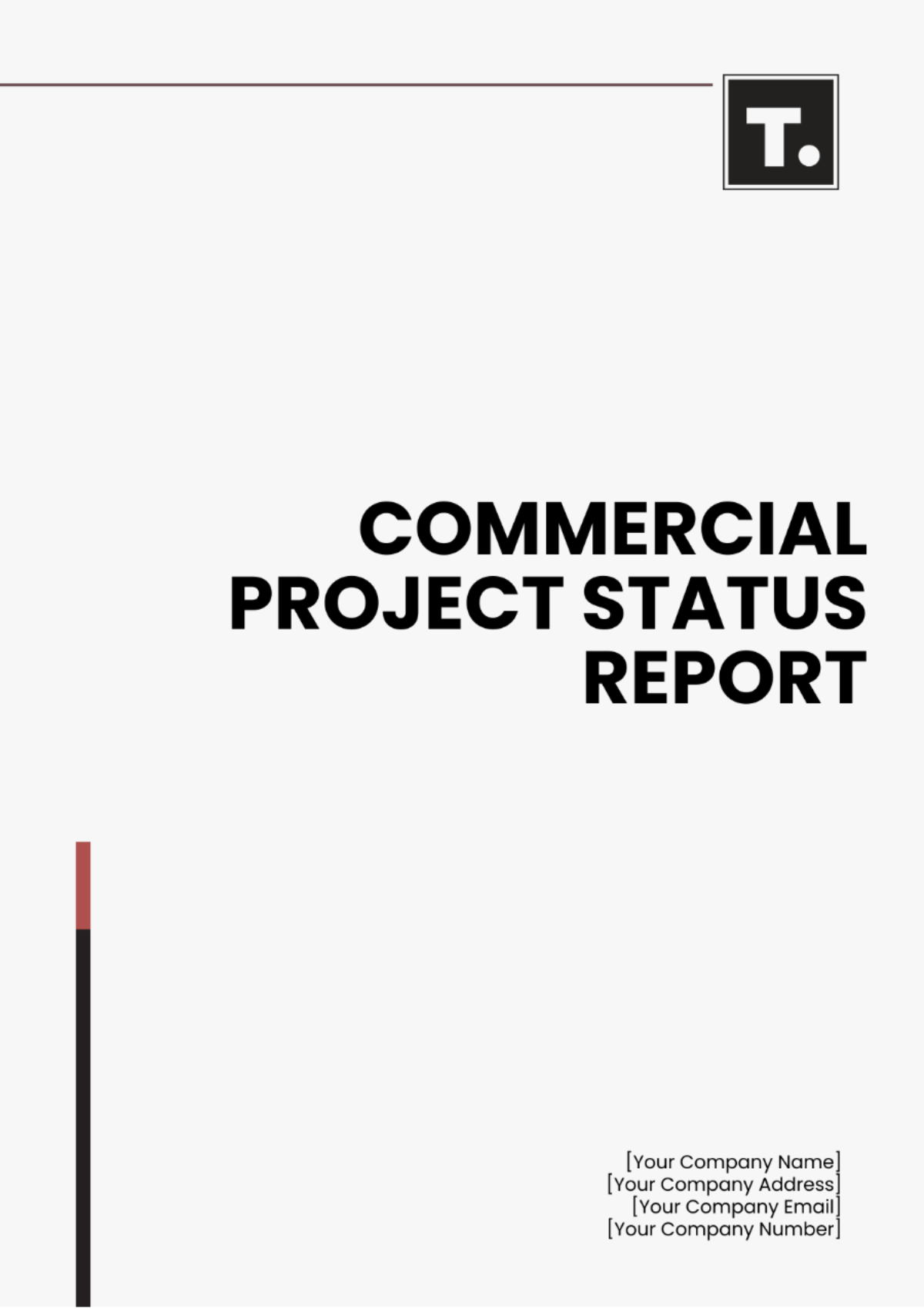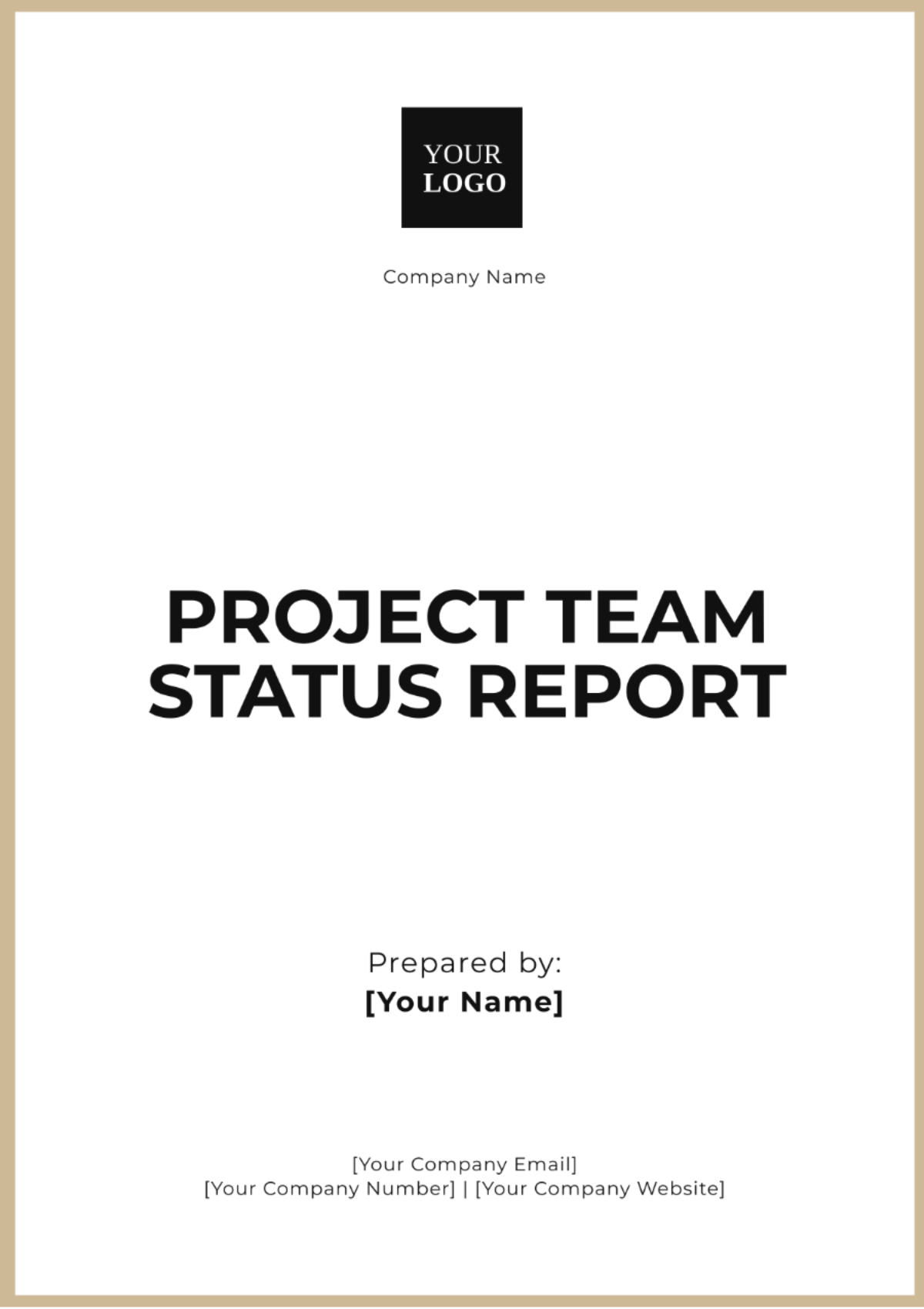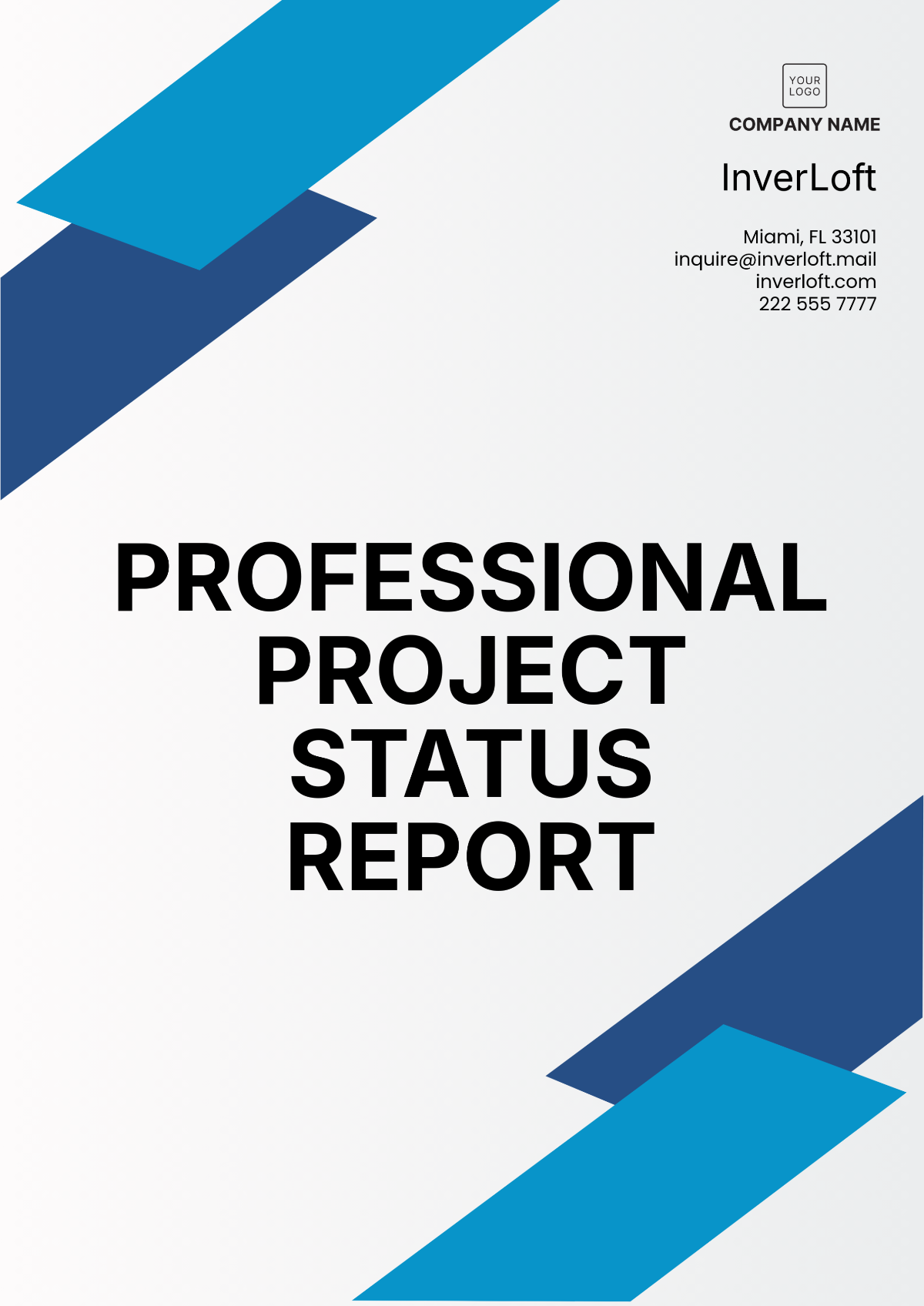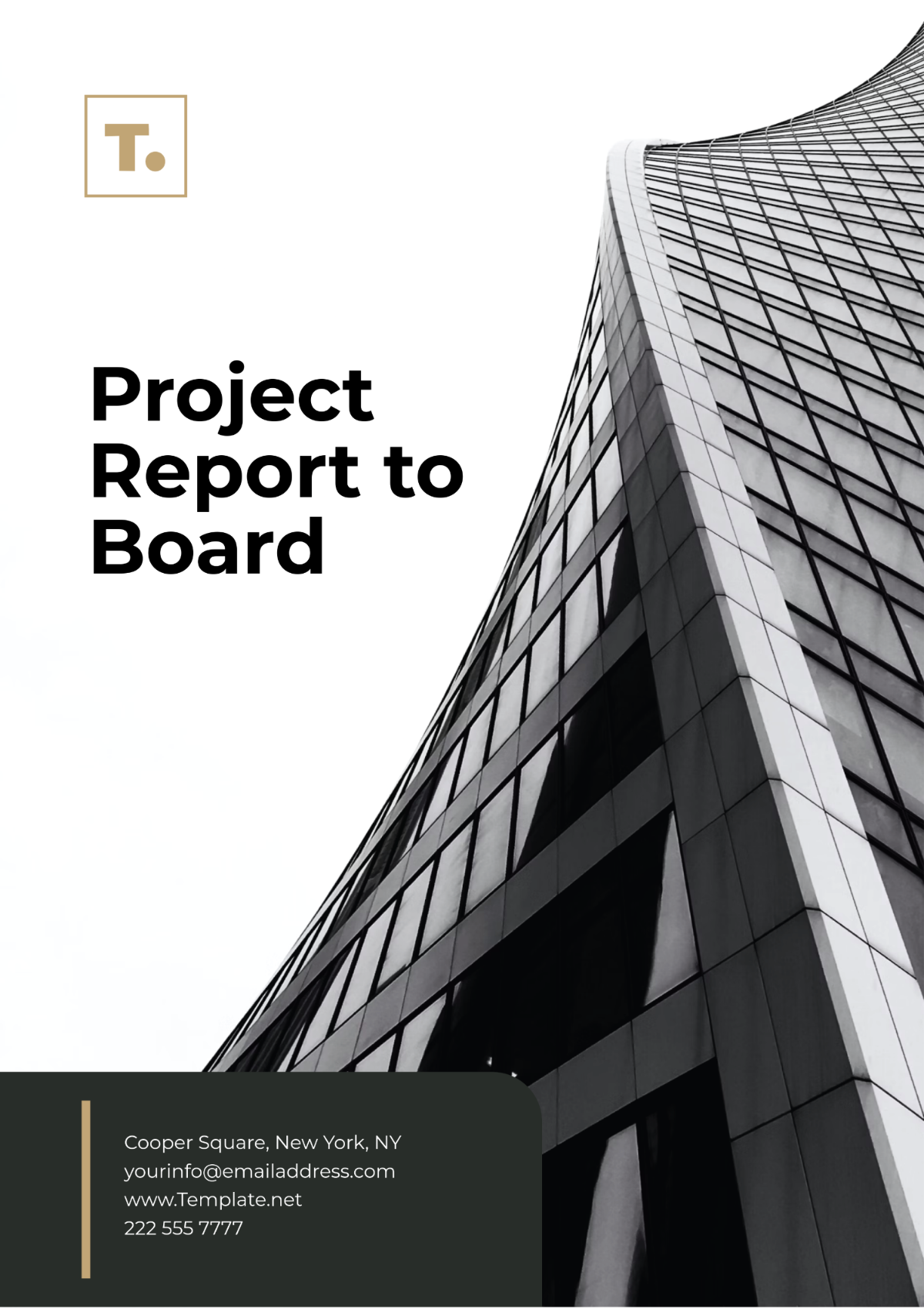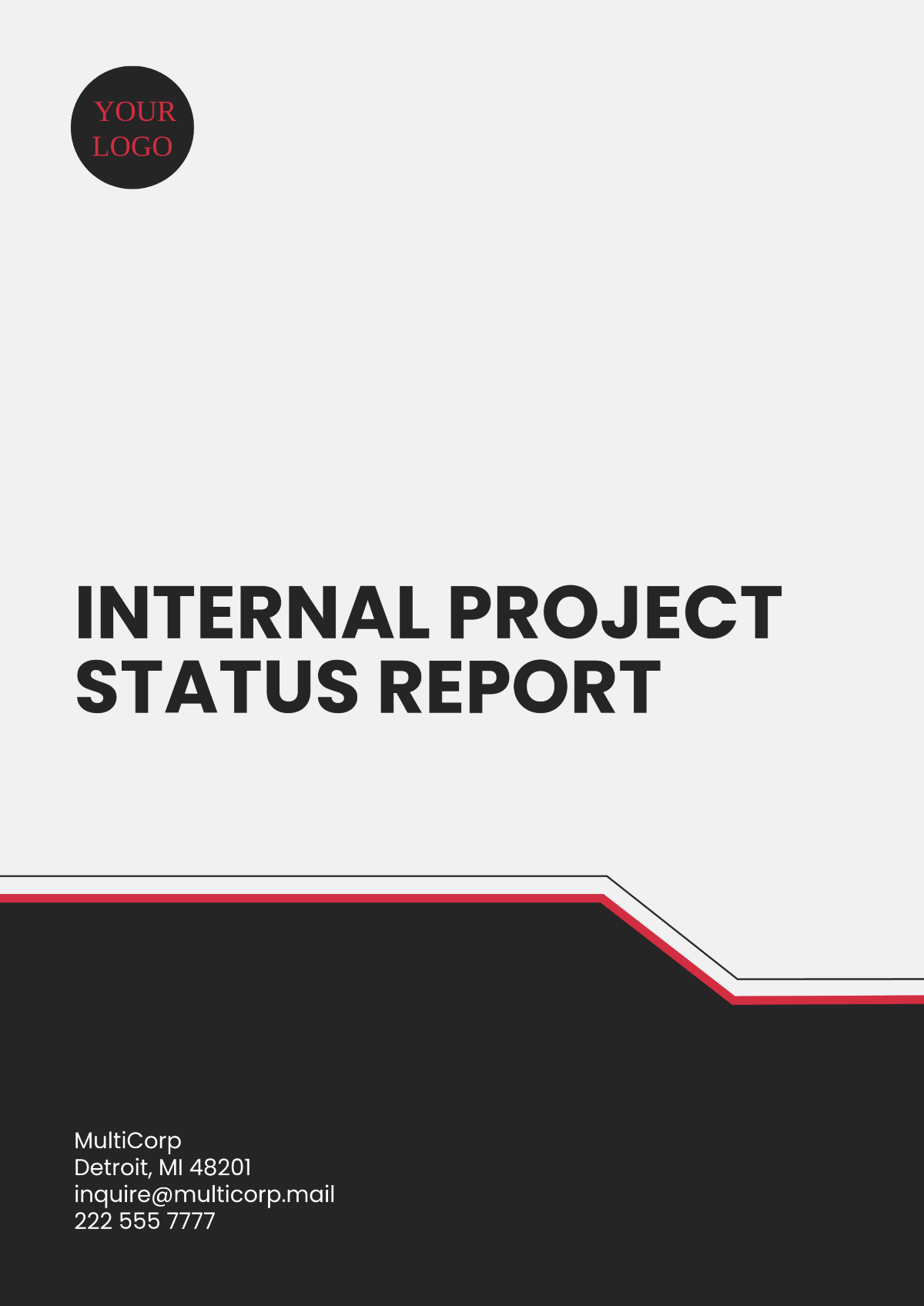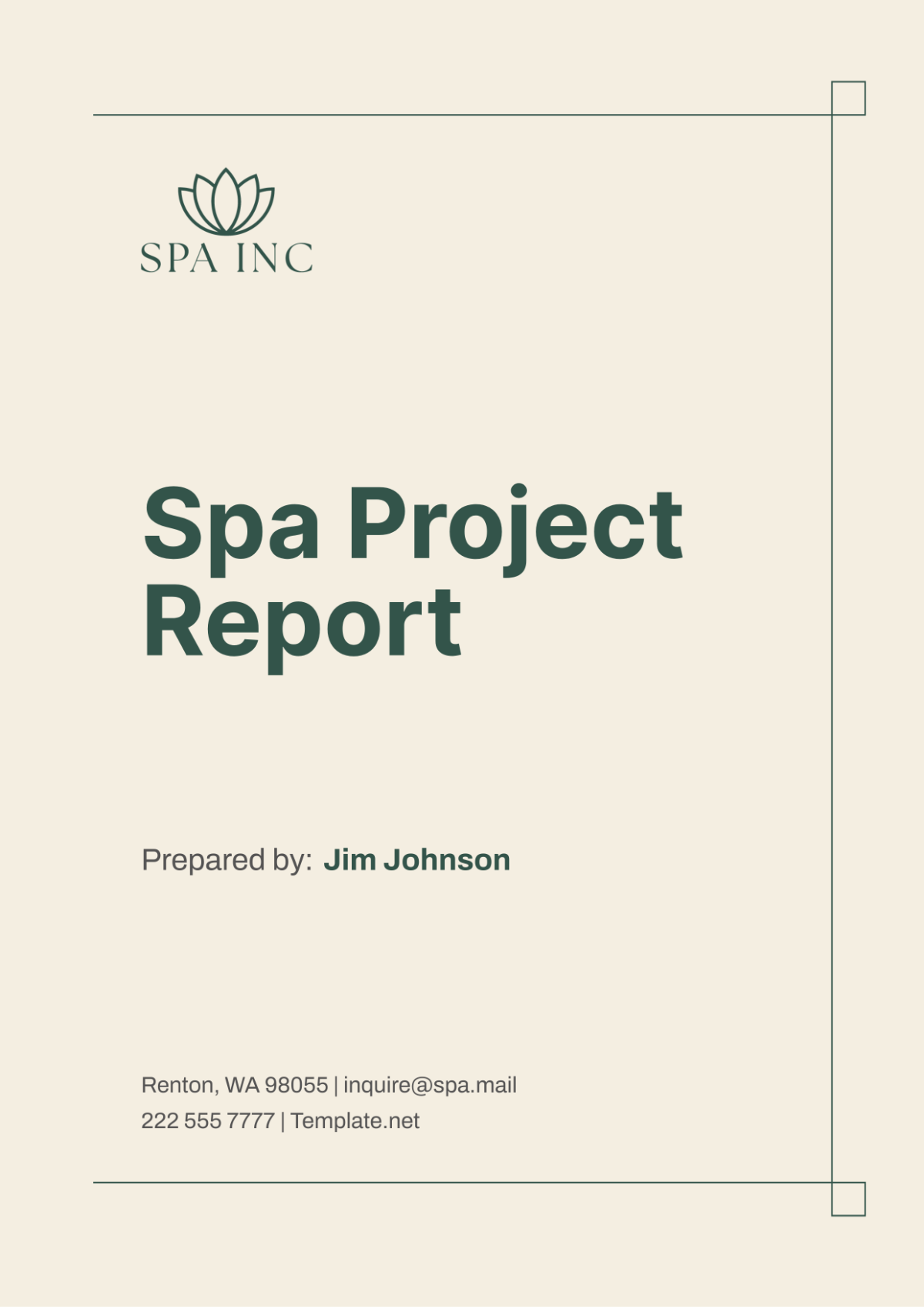Executive Project Status Report
I. Project Overview
Project Name: Infrastructure Upgrade Project
Company: [Your Company Name]
Project Manager: [Your Name]
II. Executive Summary
The Infrastructure Upgrade Project has made significant strides in modernizing our IT infrastructure to enhance security, scalability, and performance. We have completed the planning phase and commenced the implementation of critical upgrades. Despite encountering challenges related to legacy system compatibility, the project remains on track to achieve its objectives within the established timeline.
III. Project Progress
Phase | Status | Description | Next Steps |
|---|---|---|---|
Planning Phase | Completed | Infrastructure assessment, upgrade identification, and implementation planning. | Move forward with the implementation phase based on the finalized plan. |
Implementation | In Progress | Upgrade systems, enhance network, boost security, ensure legacy compatibility, and minimize disruption. | Continue with phased implementation, closely monitoring progress and addressing any technical challenges promptly. |
IV. Key Metrics
Budget Utilization: Currently at 60% of allocated funds. Efforts are being made to ensure that expenditures remain within budgetary constraints while meeting project requirements.
Timeline Performance: Progress aligns with the projected timeline, with critical milestones achieved as planned. Regular assessments are conducted to identify and address any potential delays.
Stakeholder Satisfaction: Regular communication with stakeholders ensures alignment of expectations and proactive management of potential issues. Feedback from stakeholders is actively solicited and addressed to maintain high levels of satisfaction.
V. Project Benefits
The Infrastructure Upgrade Project is expected to yield several significant benefits upon completion. These include:
Enhanced Security: The implementation of upgraded hardware and software components will bolster our network security measures, reducing the risk of cyber threats and data breaches.
Improved Performance: With modernized infrastructure in place, we anticipate a noticeable improvement in system performance and reliability, leading to increased productivity and efficiency across departments.
Scalability: The upgraded infrastructure will be better equipped to accommodate future growth and technological advancements, ensuring that our systems remain agile and adaptable to evolving business needs.
Cost Savings: By optimizing our infrastructure and streamlining operations, we aim to achieve cost savings in the long term through reduced maintenance expenses and improved resource utilization.
Competitive Advantage: A robust and resilient IT infrastructure will enhance our competitive position in the market, allowing us to deliver superior products and services to our customers while maintaining operational excellence.
These anticipated benefits underscore the importance of the Infrastructure Upgrade Project in supporting our strategic objectives and driving long-term success for the organization.
VI. Risk Mitigation
A. Compatibility Challenges
During the implementation phase, one of the primary risks identified is compatibility issues with legacy systems, which may result in delays or disruptions to the project timeline. To mitigate this risk, we are adopting a proactive approach by conducting thorough testing and validation of upgrades. Additionally, we are collaborating closely with vendors to address compatibility issues and ensure seamless integration with existing systems. In the event of any unforeseen challenges, we have developed contingency plans to minimize the impact on operations and maintain project momentum.
B. Disruption to Operations
Another risk associated with the Infrastructure Upgrade Project is the potential for temporary disruptions to business operations during the implementation of critical upgrades. To mitigate this risk, we have developed a comprehensive rollout plan that includes scheduled maintenance windows and communication protocols to keep stakeholders informed. Furthermore, we are providing alternative solutions and workarounds to minimize downtime and ensure continuity of essential services. Our proactive approach to risk management aims to safeguard against potential disruptions and maintain smooth project execution.

